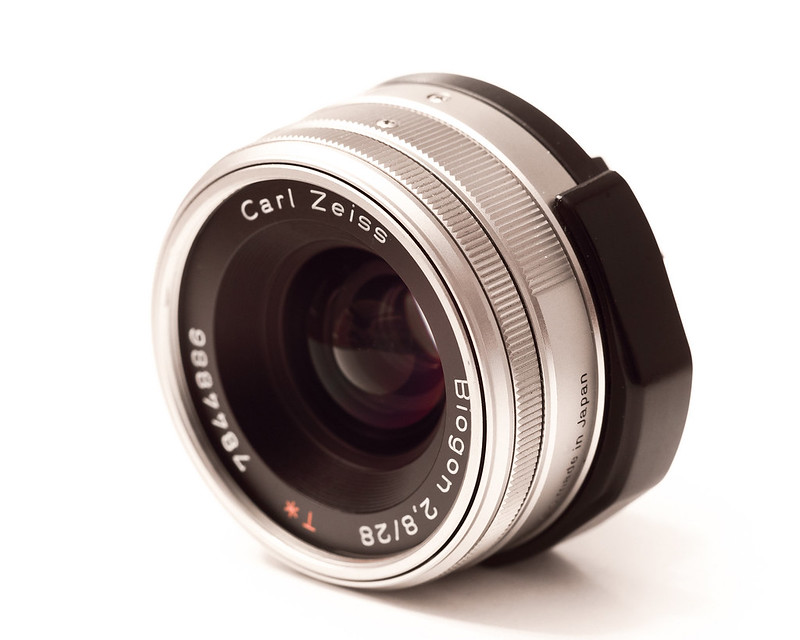
The Contax G 28mm Biogon was considered one of the best 28mm available on film, but suffers serious issues on digital due to sensor cover glass. Can a simple filter make the lens a competitive performer on Sony cameras? Find out below.
I have shot this lens for years on the Sony A7 and more recently with a PCX filter and then on a Kolari UT modded A7. Unless otherwise noted, all of the tests in this review were performed on a Sony A7RII with a reversed 1.5m PCX filter on the lens (Thanks again to Nehemiah for lending me the A7RII). Check captions on sample pictures to see what camera was used. Bonus: The Contax G 28mm Biogon is both Phillip and my favorite lens on aps-c cameras, so I will also add a second installment later reviewing the lens for aps-c provocatively titled How the A6000 + Contax G 28/2.8 is better than an RX1.
Sample Images
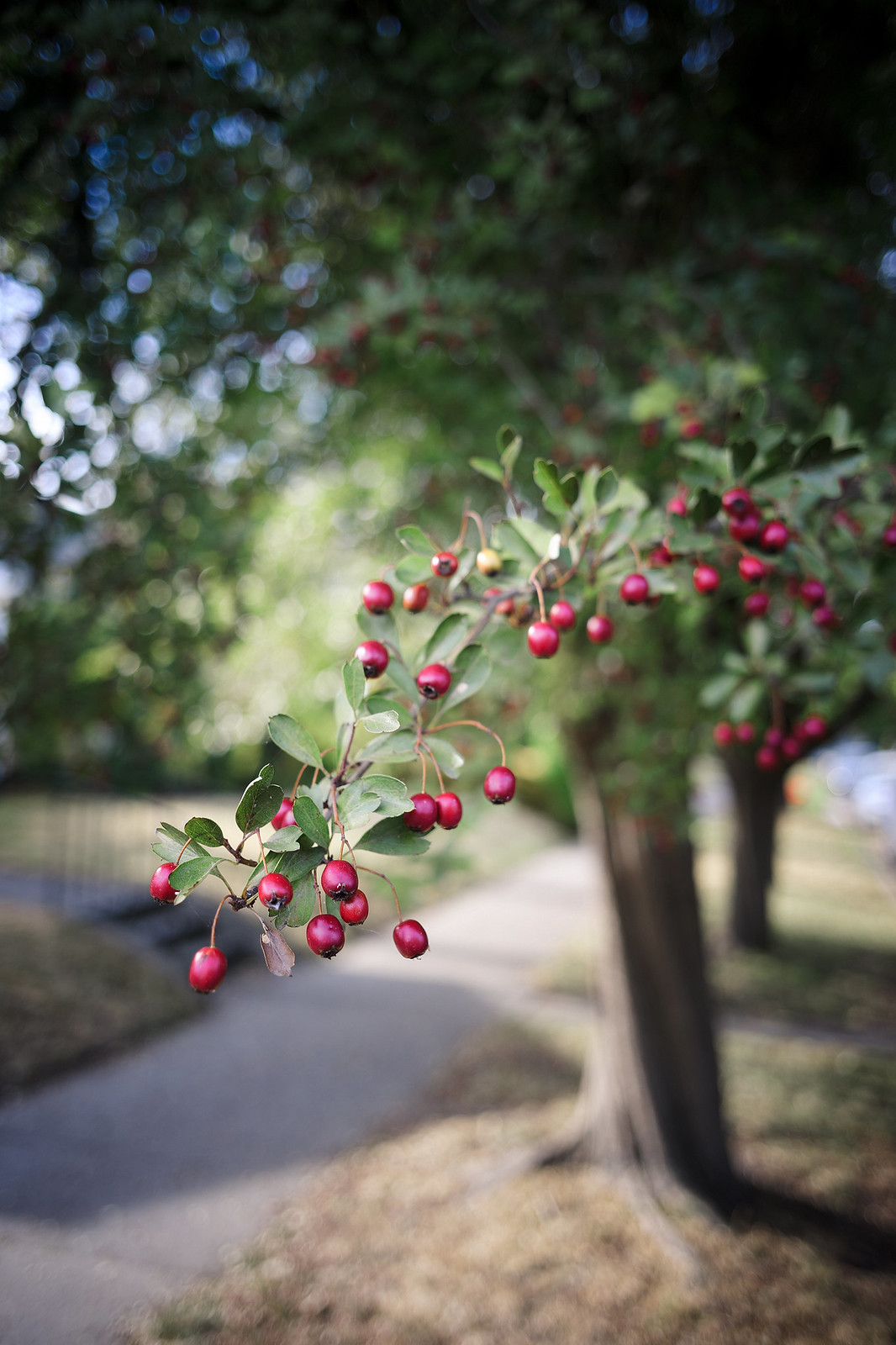
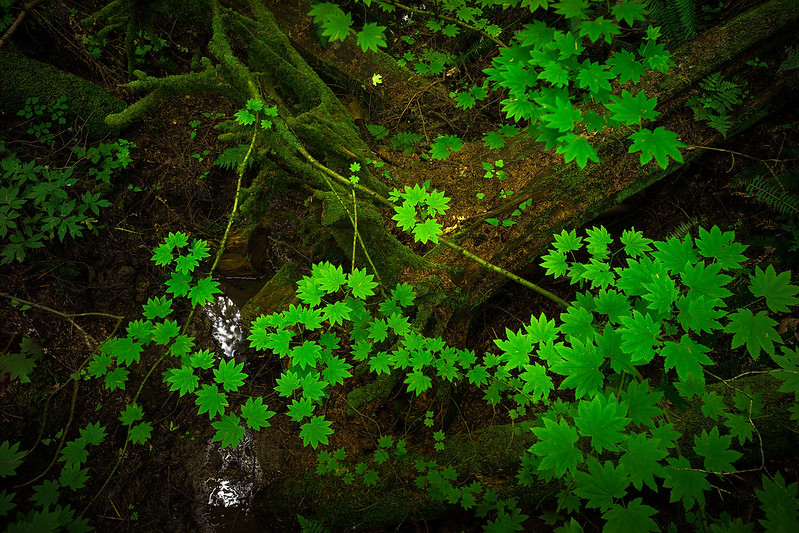
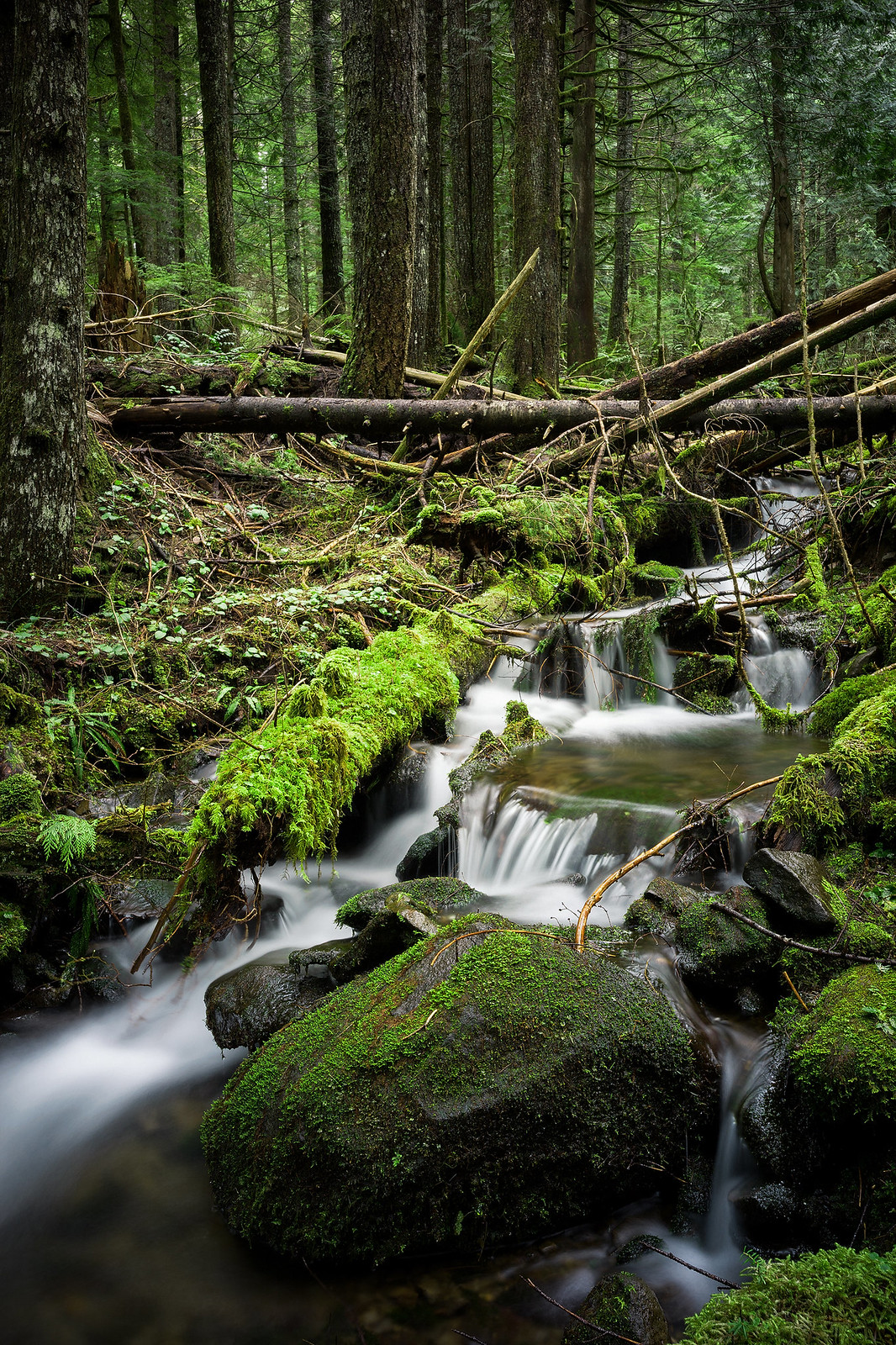
Specifications
| Diameter | 56mm |
| Length | 31mm (+ 3-6mm for PCX filter) |
| Filter Thread | 46mm |
| Weight | 150g |
| Max. Magnification | 1:15 |
| Close Focusing Distance from the sensor | 50cm |
| Number of aperture blades | 6 |
| Elements/ Groups | 7/5 |
More information in Zeiss’ official data sheet.
Versions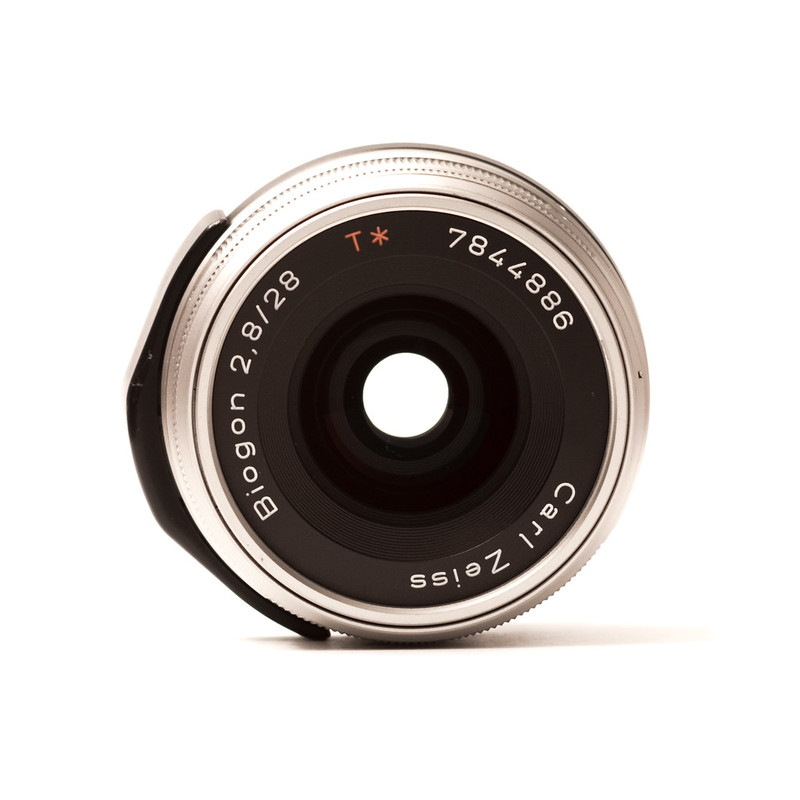
There is only one version of this lens. It comes in two colors: Titanium and black but black is much rarer (and more expensive).
Compatibility
The Carl Zeiss Contax G lens line was originally developed in the mid 90’s for the Contax G1 and it’s successor the Contax G2. Both are AF rangefinder cameras.
Adapting Contax G lenses to modern digital cameras comes with two challenges. Since the Contax G cameras have a rather short flange focal distance of just 29mm you cannot adapt them to DSLRs. The advantage of this short flange focal distance is that adapters for mirrorless systems are only about 11mm thick. The other problem is that the lenses do not have a focusing ring, just AF coupling so the adapter must provide some means to focus the lens.
There are two kinds of adapters, purely mechanical and electronic adapters.
Mechanical adapters are available for EOS M, Fuji X, M43 and Sony E-mount. They come with their own focusing ring. They range in price (affiliate link) from $25 to $140. I own the Kipon one (or possibly a cheap knockoff since I got it second hand for ~$30) and it works fine on all the lenses but the 90mm (which I had trouble focusing accurately at near distances with). Focus is a little rough and in the wrong (Nikon/Pentax) direction, but perfectly serviceable. I have heard good things about the Metabones and Fotodiox Pro adapters but I haven’t used them personally.
The Techart TA-GA3 adapter is very interesting because you can use AF with newer Sony E-mount cameras! AF with the Sony a7, a7r and a7s is unusable (very slow and unreliable) but with the newer cameras it works quite okay most of the time and gives you all the quickness and accuracy of a screw-drive AF lens on a dslr from 2005 (if you have used one of these you will know what I mean).
The AF experience is certainly not as smooth as with native lenses. The screw driven AF is rather loud and while it tracks small changes in focusing distances well it is quite slow to realize larger changes in focusing distance. Reliability was mediocre and not near the same level as the native lenses. It also fails when it is a bit darker in situations where native lenses still work reasonably well. I it found unusable, but then that performance level of AF is what drove me to manual focus in the first place, and some people seem to use it without major complaints. I changed to manual focusing which is realized with a small wheel at the 2 o’clock position. Manual focusing with this method works better than I would have expected but can be a bit fiddly at long distances.
The Techart TA-GA3 adapter sells for about $250 at ebay.com or amazon.com (affiliate links).
Build Quality
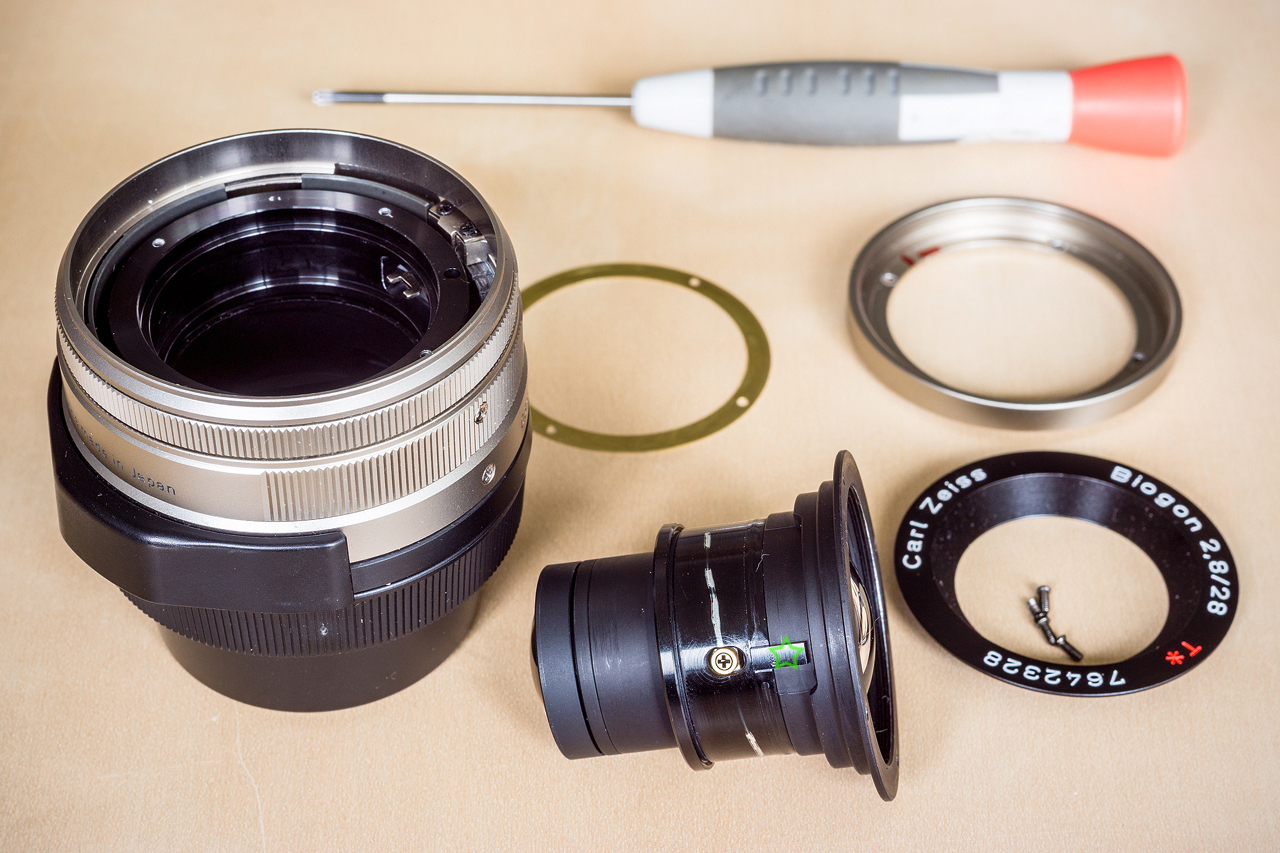
The Contax G 28/2.8 feels very nice and solid.
The barrel is made of aluminum.
All markings are engraved.
The Biogon is made in Japan.
I have disassembled the lens and while it is well engineered and made mostly of metal it does not seem as robustly constructed as typical Leica, Zeiss, and Cosina/Voigtländer manual focus rangefinder lenses. I would expect it to be more likely to develop problems due to a sudden impact than the previously mentioned manual focus rangefinder lenses.
Size, Weight and Handling
The Contax G 28mm is very well balanced on any Sony e-mount camera. At just 150g with a small diameter and the short adapter it is significantly smaller than the FE 28/2.0 (even with the added filter) or most adapted 28mm lenses (even many rangefinder 28mm lenses).
The Contax G lens line does not have a focusing rings. How you focus depends on the kind of adapter you use. I convert my lenses to m-mount with a real focus helicoid, but have found the Kipon adapter to be perfectly serviceable as well for non-moving subjects. Info on how I did my conversions can be found on this Fred Miranda thread. For info on AF with the Techart adapter, see the compatibility section above.
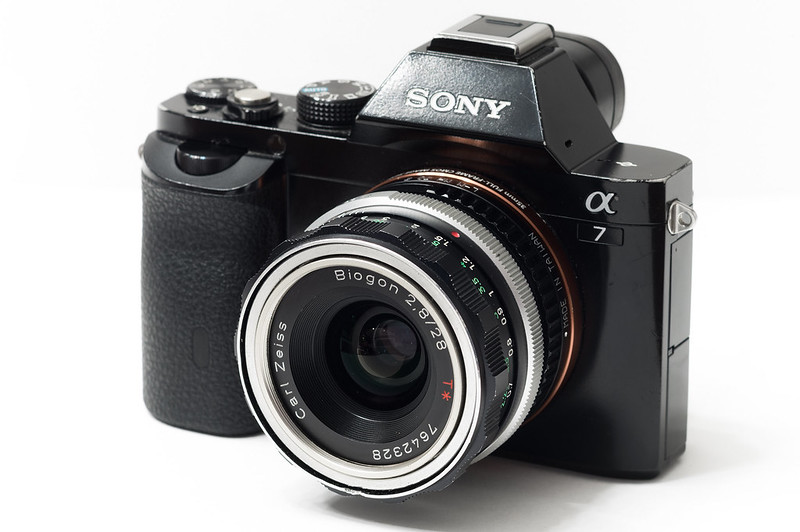
The aperture ring has full stops from f/2.8 to f/22 which register nicely but it isn’t too easy to select half-stops because the aperture ring doesn’t travels very far.
If you use the Techart adapter it won’t record the actual aperture you used. You can change the aperture in the camera but all this does is that it overexposes your image by as many stops as you have stopped down (e.g. f/5.6 will result in a 3 stops overexposed image).
Lens Hood
The Contax Metal Hood GG-1 screws into the filter ring, has a little larger diameter than the lens, has 55mm filter threads, and it is about 10mm deep. It is made of aluminum and provides decent protection for the front of the lens.
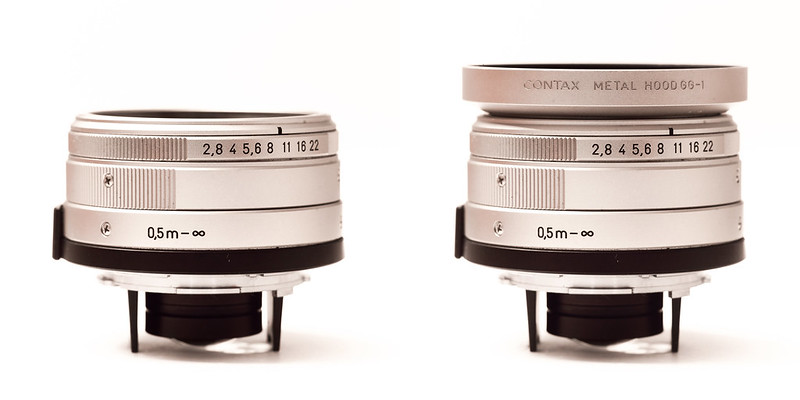
Filters
The 46mm filter thread is made from metal.
The front of the lens does not rotate so polarizers are easy to use.
Image Quality
Vignetting/Colorcast
At f/2.8 vignetting is very strong and it remains quite strong as you stop down. According to Zeiss, small improvement in vignetting on stopping down is one consequence of Biogon lens designs. In addition to strong vignetting, there is also significant color shift towards the edge of the frame when used on cameras without backlit sensors (A7, A7R, A7S, A7II, A7SII). This color shift can be eliminated with a few clicks using the Lightroom Flat Field Plug-in once you have made a profile photo by shooting a uniformly illuminated white subject (like I did to generate the vignetting examples below). Correcting this level of vignetting will definitely increase noise towards the corners of the frame.
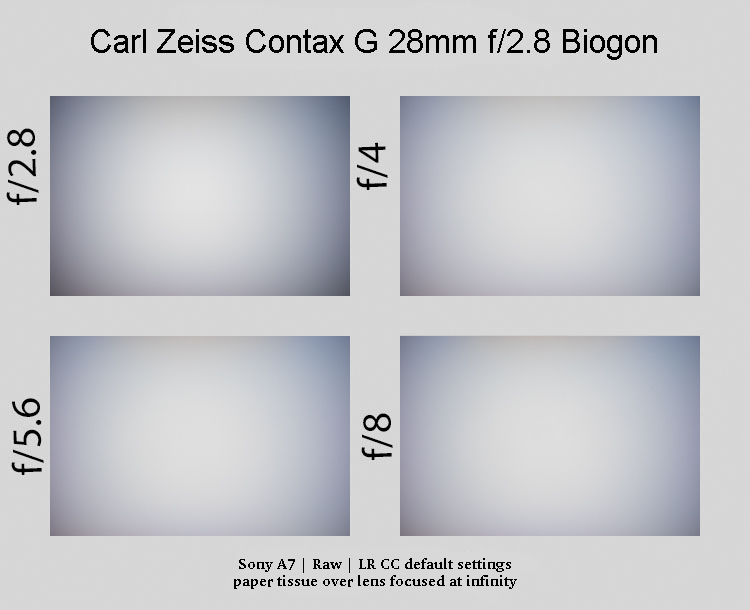
On my A7 the wide open vignetting is around 2.5 stops and never drops below 1.5 stops. The backlit sensors reduce the vignetting as well as the color shift. On the A7RII vignetting is only 2 stops wide open and falls to 1 stop by f/8.
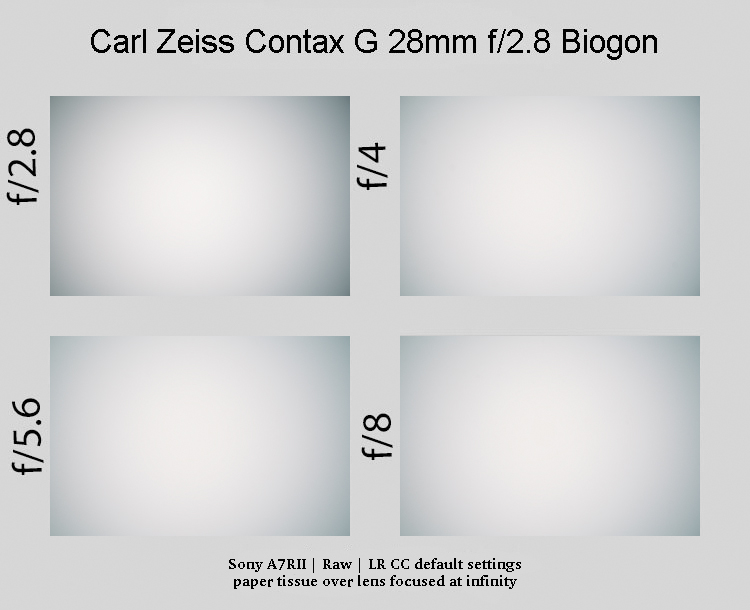
In some cases I actually prefer the color shift effect:
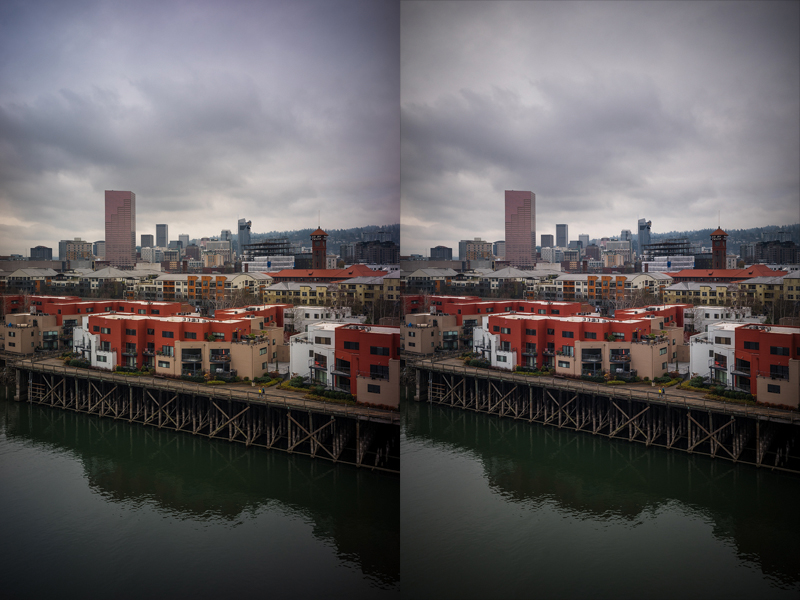
Flare Resistance
The flare resistance of the Contax G 28/2.8 is good but not great. Under extreme conditions with the sun in the frame you can see some slight veiling flare which causes slight contrast loss, but contrast remains better than any other 28mm lens I have used in such situations (including the FE 28/2). In most situation contrast is great. Unfortunately, ghosting can also occur with the sun in the frame as well as long streaks of light.
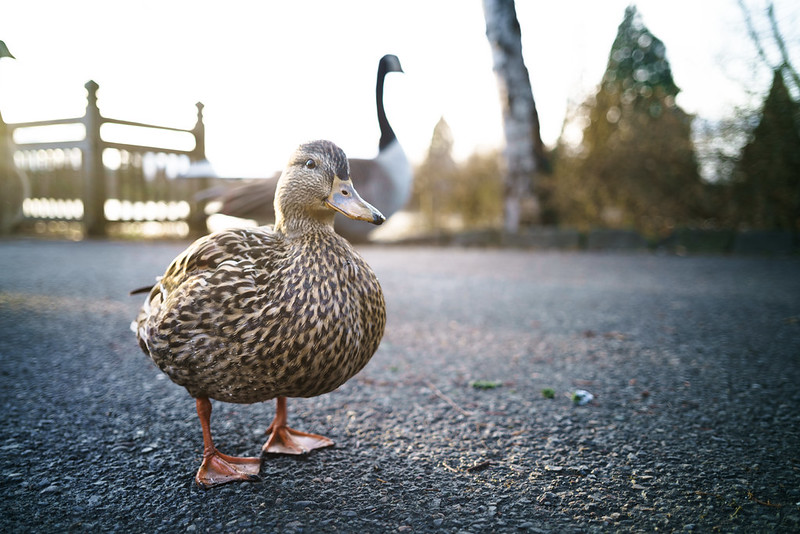
Sony A7 Kolari UT | Carl Zeiss Contax G 28mm f/2.8 + 5m PCX | f/5.6
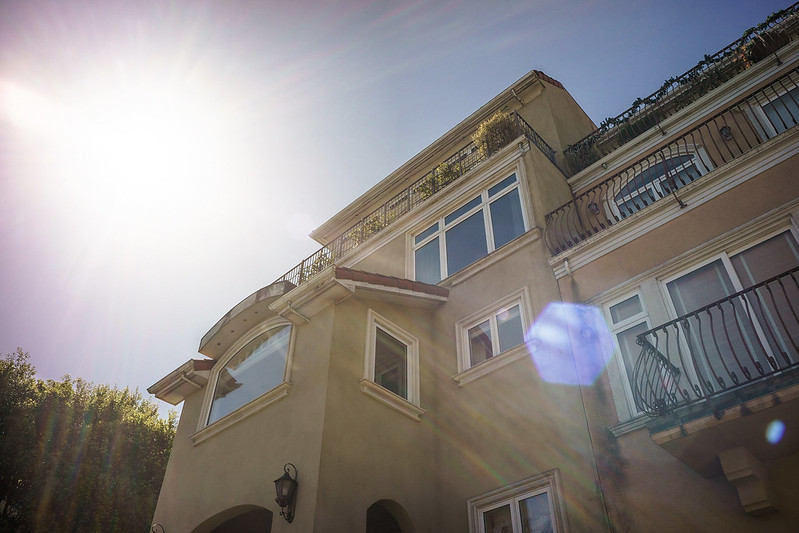
The Contax G 28/2.8 will also very occasionally show a smear of light in the image when the sun is just outside the frame.
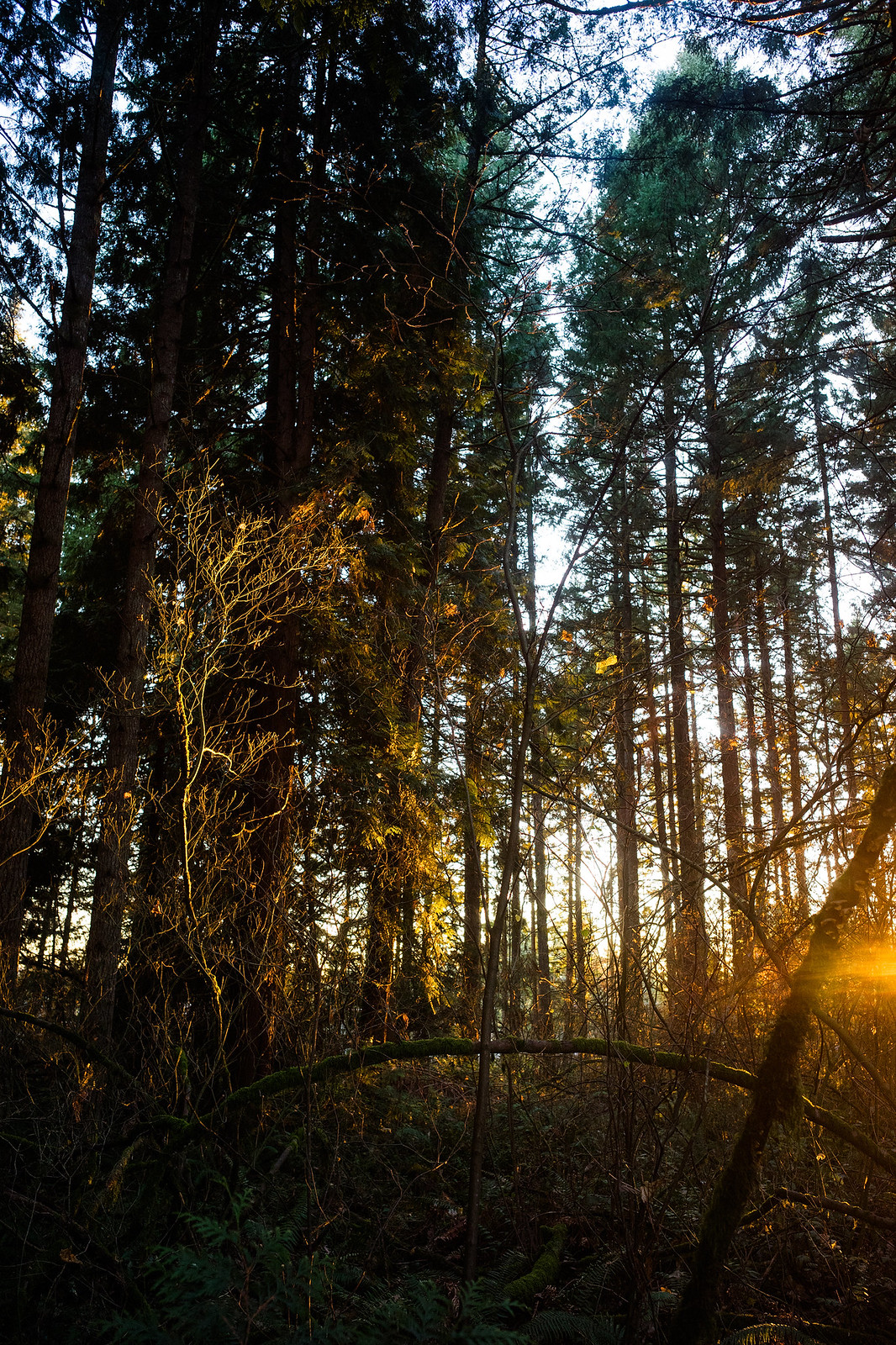
Bokeh
At f/2.8 the Contax G 28mm has somewhat busy bokeh with more defined out of focus highlight discs towards the corners of the frame and significant business in the transition zone.
Stopped down to f/4.5 the bokeh is much smoother but you will clearly see the hexagonal shape of the aperture blades at f/5.6 and smaller.
-
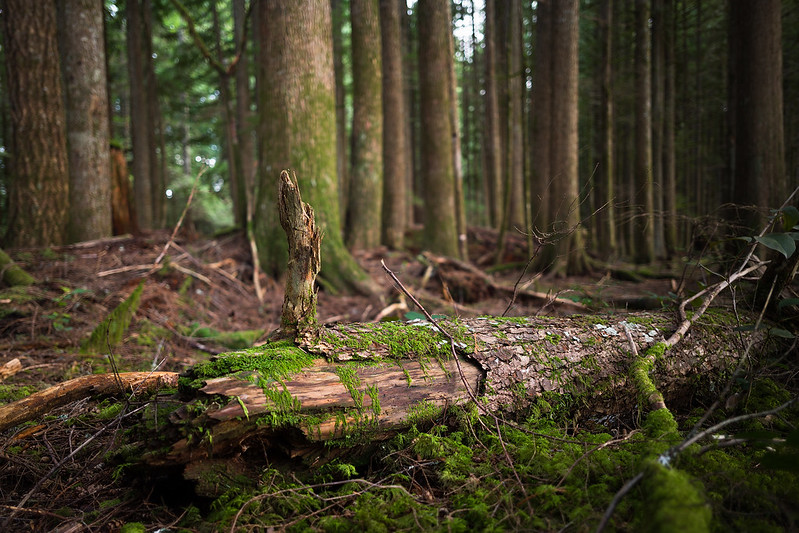
Sony A7 Kolari UT | Carl Zeiss Contax G 28mm f/2.8 Biogon + 5m PCX filter | f/2.8 -
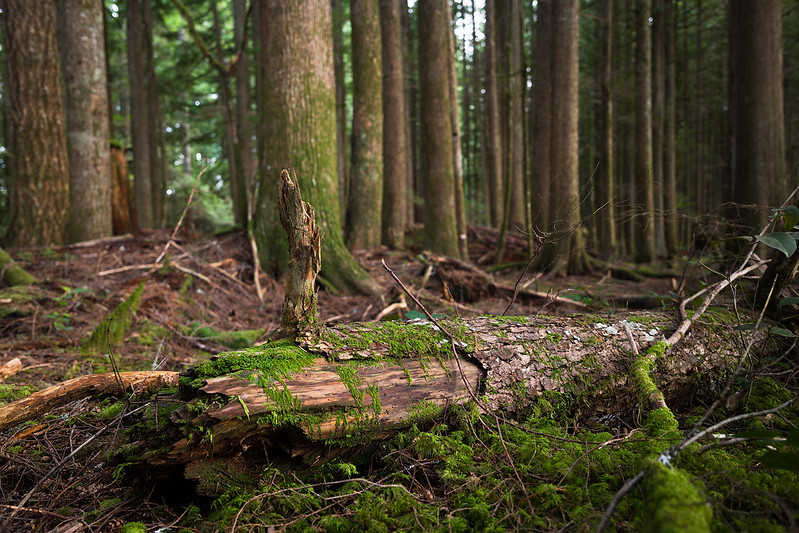
Sony A7 Kolari UT | Carl Zeiss Contax G 28mm f/2.8 Biogon + 5m PCX filter | f/4 -
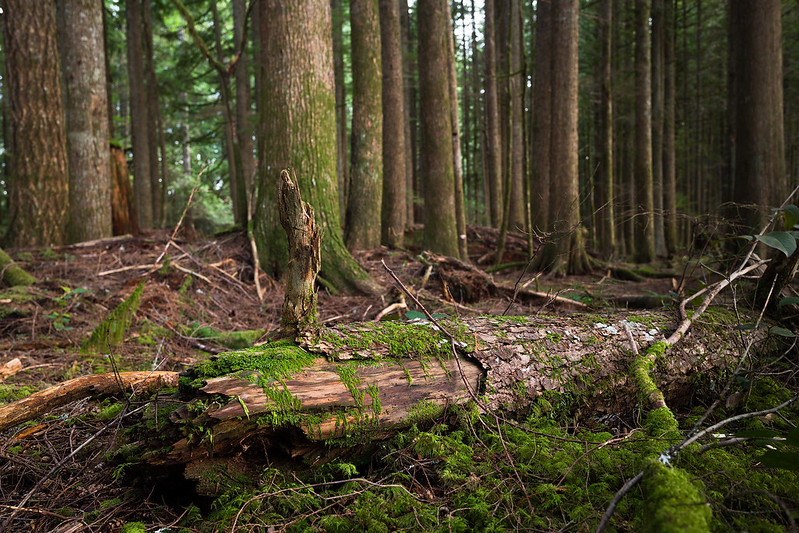
Sony A7 Kolari UT | Carl Zeiss Contax G 28mm f/2.8 Biogon + 5m PCX filter | f/5.6 -
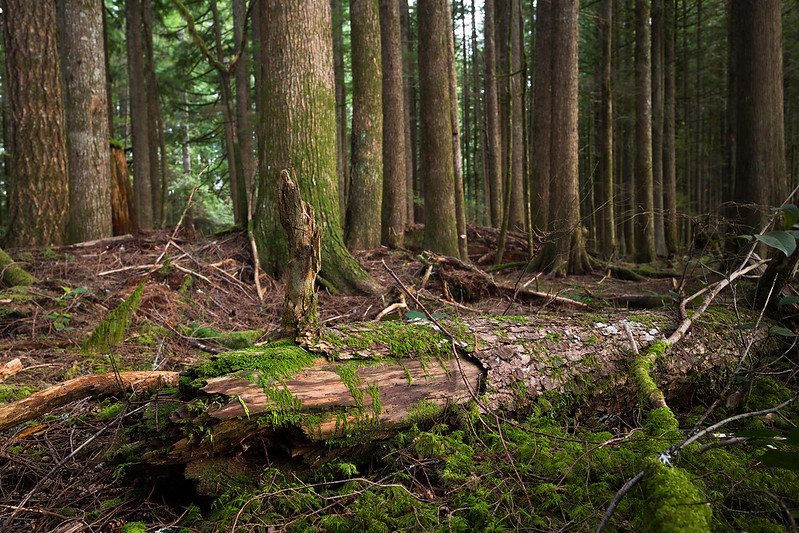
Sony A7 Kolari UT | Carl Zeiss Contax G 28mm f/2.8 Biogon + 5m PCX filter | f/8
Hint: larger images can be viewed by clicking on the image.
-
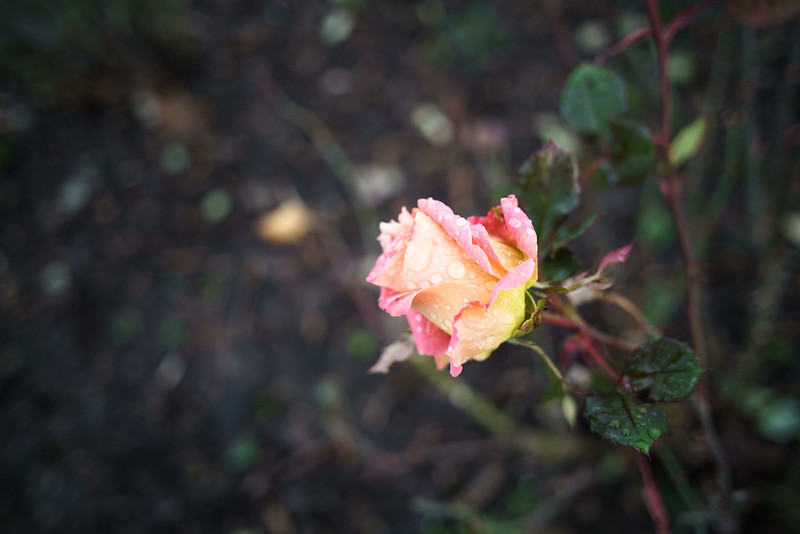
Sony A7RII | Carl Zeiss Contax G 28mm f/2.8 Biogon + 1.5m PCX | f/2.8 -
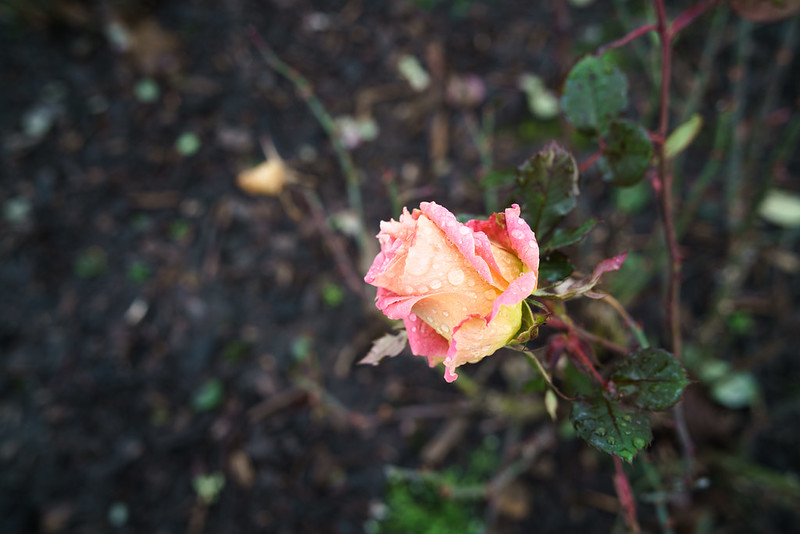
Sony A7RII | Carl Zeiss Contax G 28mm f/2.8 Biogon + 1.5m PCX | f/4 -
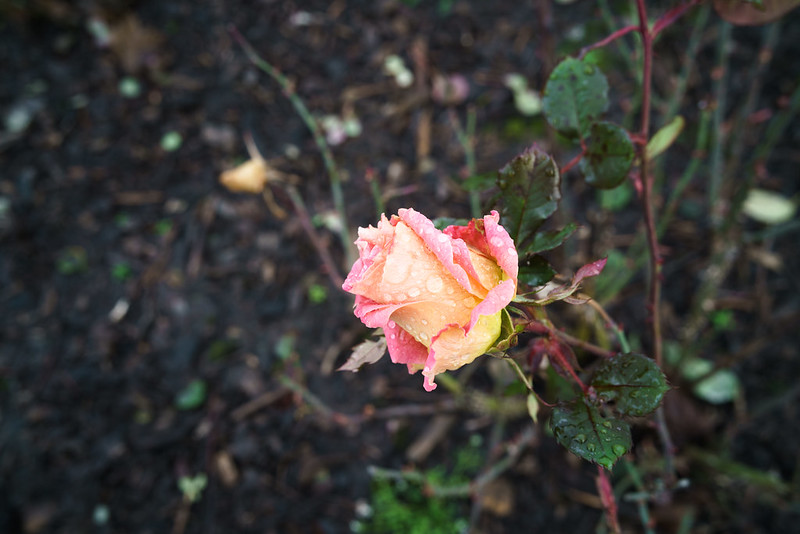
Sony A7RII | Carl Zeiss Contax G 28mm f/2.8 Biogon + 1.5m PCX | f/5.6 -
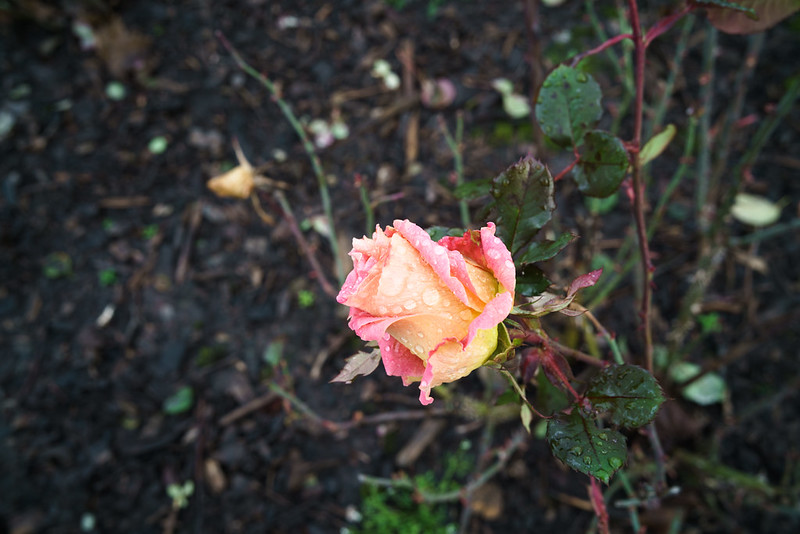
Sony A7RII | Carl Zeiss Contax G 28mm f/2.8 Biogon + 1.5m PCX | f/8 -
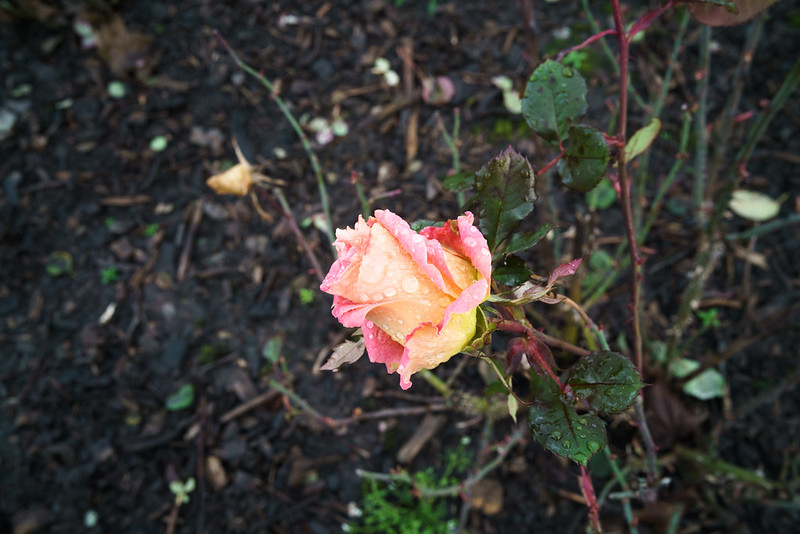
Sony A7RII | Carl Zeiss Contax G 28mm f/2.8 Biogon + 1.5m PCX | f/11
So all in all bokeh is not a strength of this lens, but it is better than many of other 28mm lenses. I tend to like it better at a distance than closeup.
Distortion
The Carl Zeiss Contax G 28mm f/2.8 Biogon has negligible pincushion distortion on it’s own that can be corrected with -1 correction in Lightroom. Adding the reversed 1.5m PCX filter induces a little bit more pincushion distortion. This can be easily corrected using -3 correction in Lightroom.
-
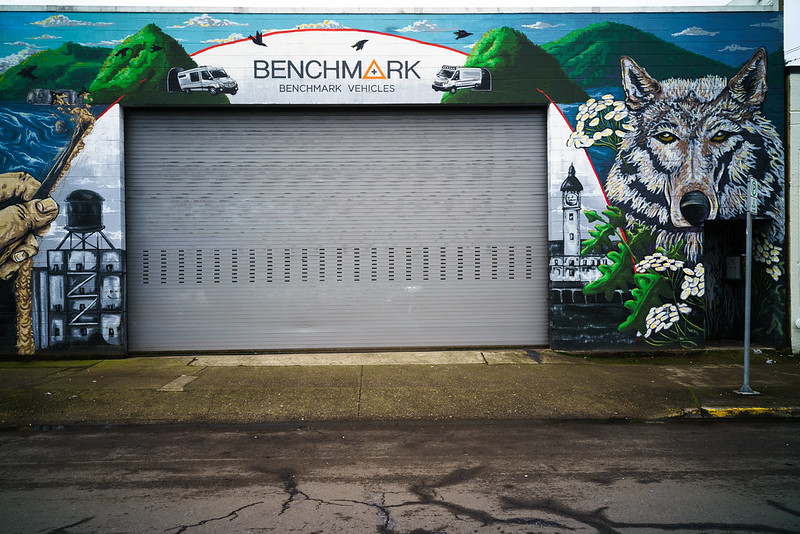
Sony A7RII | Carl Zeiss Contax G 28mm f/2.8 Biogon + 1.5m PCX | f/8 -
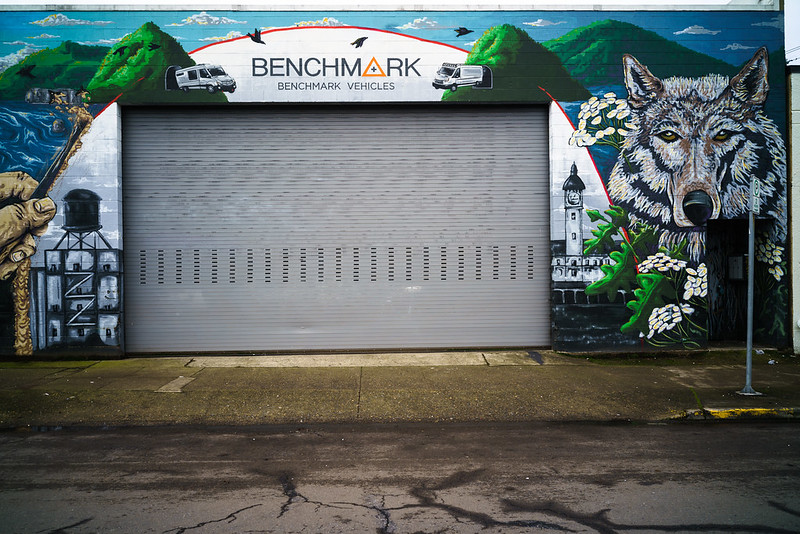
Sony A7RII | Carl Zeiss Contax G 28mm f/2.8 Biogon + 1.5m PCX | f/8
Chromatic Aberrations
There is some lateral CA, but it is small enough to be easily corrected with minimal loss in image quality.
Coma
Coma correction is not great wide open, but improves a great deal stopping down to f/4.
Sony A7 Kolari UT | Carl Zeiss Contax G 28mm f/2.8 Biogon + 5m PCX | f/2.8Even at f/2.8 coma is not so bat that it will ruin astro or night cityscapes.
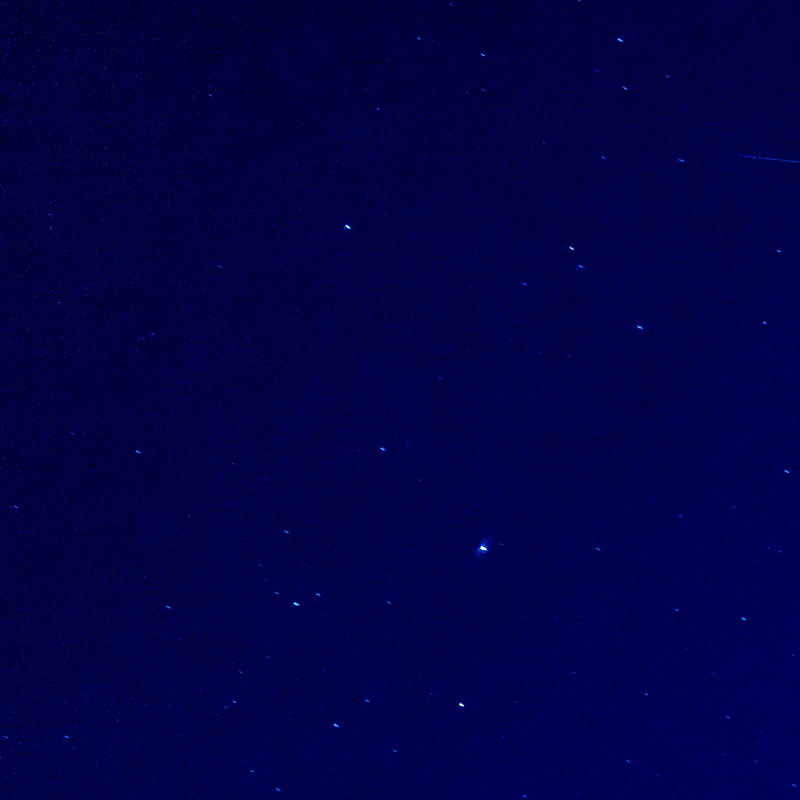
Note, these coma tests were done on a Sony A7 with the Kolari UT mod and 5m PCX filter, not the A7RII with 1.5m PCX filter. I don’t believe there would be any significant difference, but I haven’t been able to test yet due to uncooperative weather.
A much bigger concern than coma for shooting cityscapes is sensor reflections when using the original A7. In my experience, sensor reflections seem to be worse when using wide angles designed for rangefinders such as this Biogon.
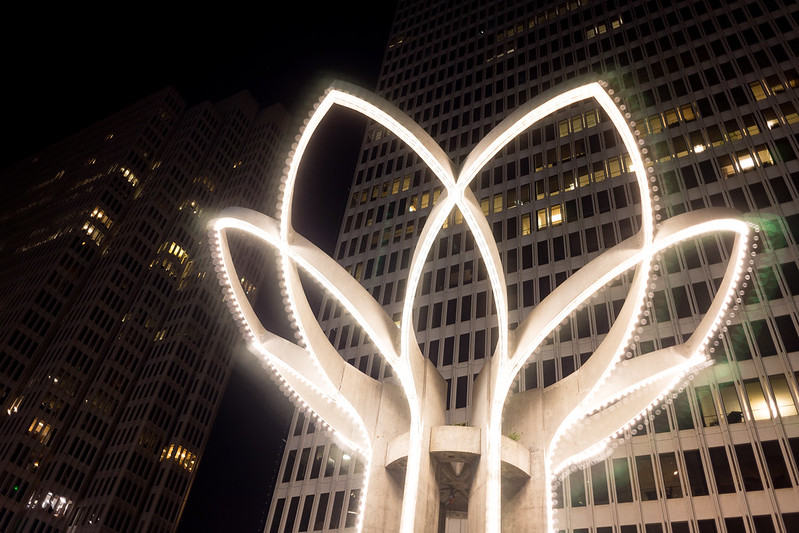
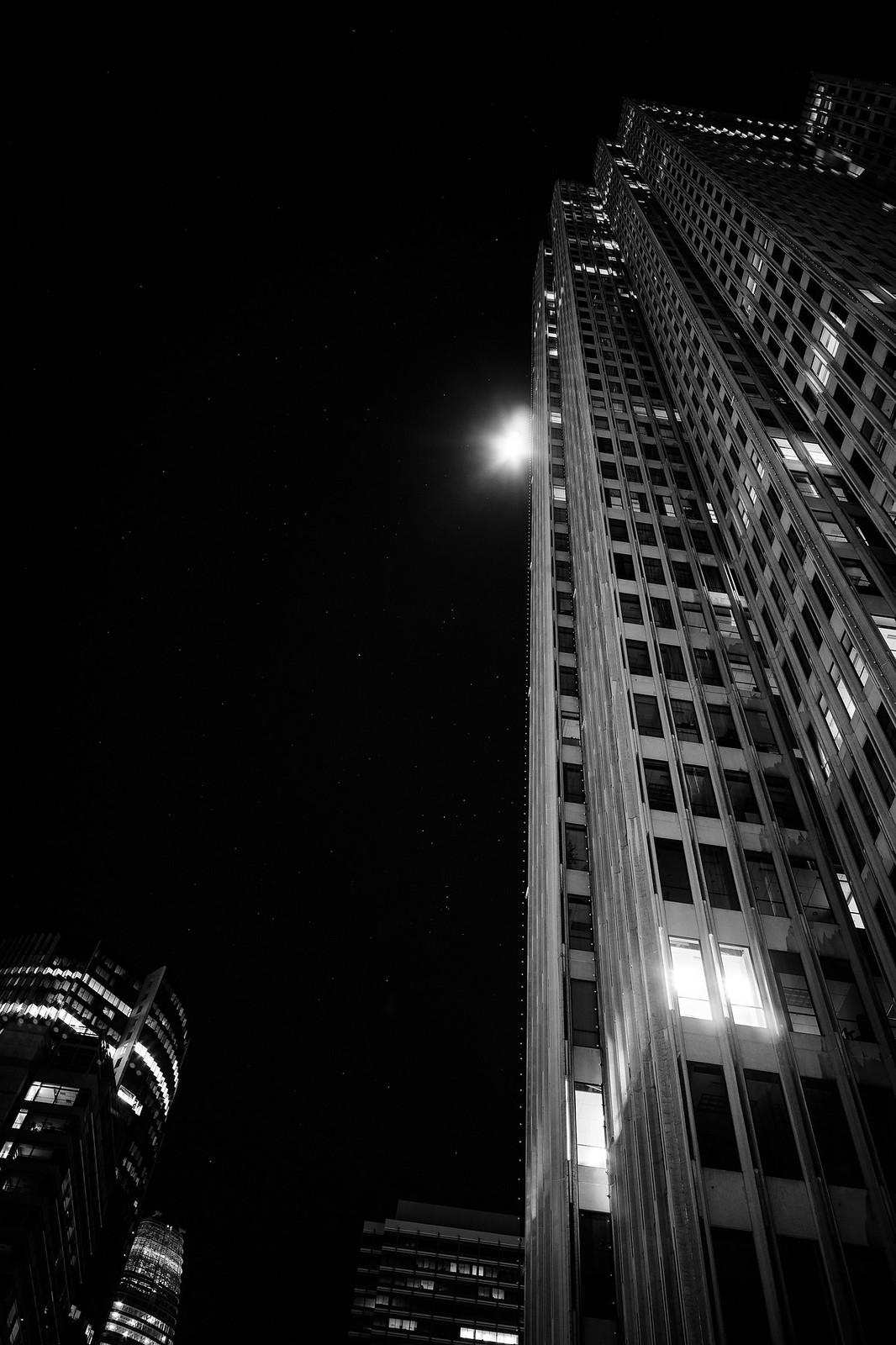
Sunstars
The Contax G 28mm has only 6 aperture blades so sun stars have only 6 rays and are not well defined. In fact, they remain more diffuse balls (which I personally prefer) than stars till f/8 or smaller.
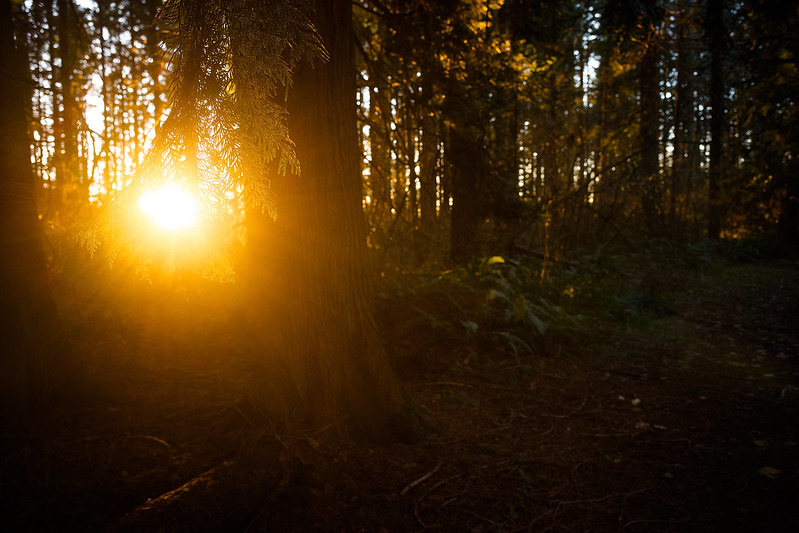
-
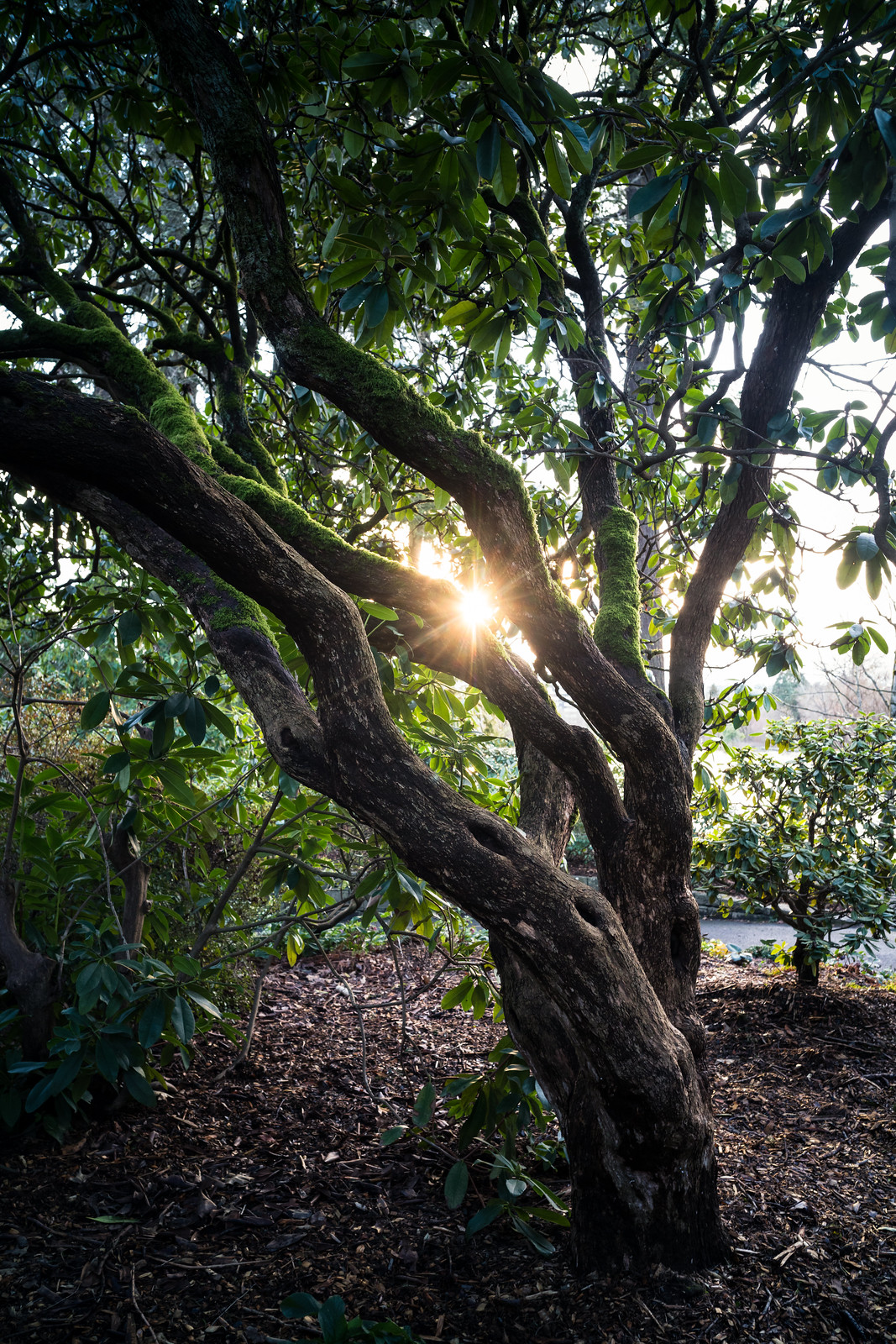
Sony A7RII | Carl Zeiss Contax G 28mm f/2.8 Biogon + 1.5m PCX | f/5.6 -
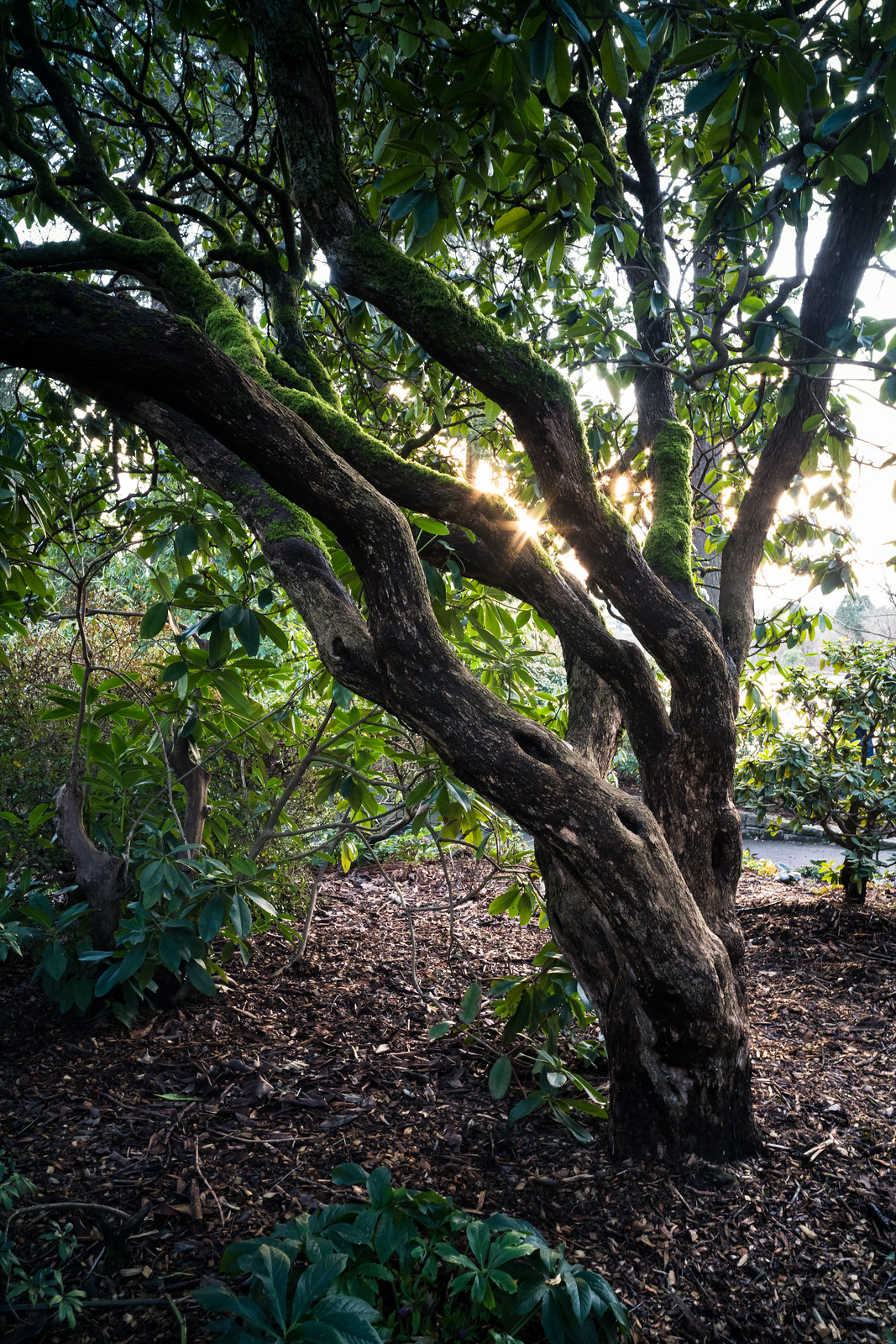
Sony A7RII | Carl Zeiss Contax G 28mm f/2.8 Biogon + 1.5m PCX | f/11
Sharpness
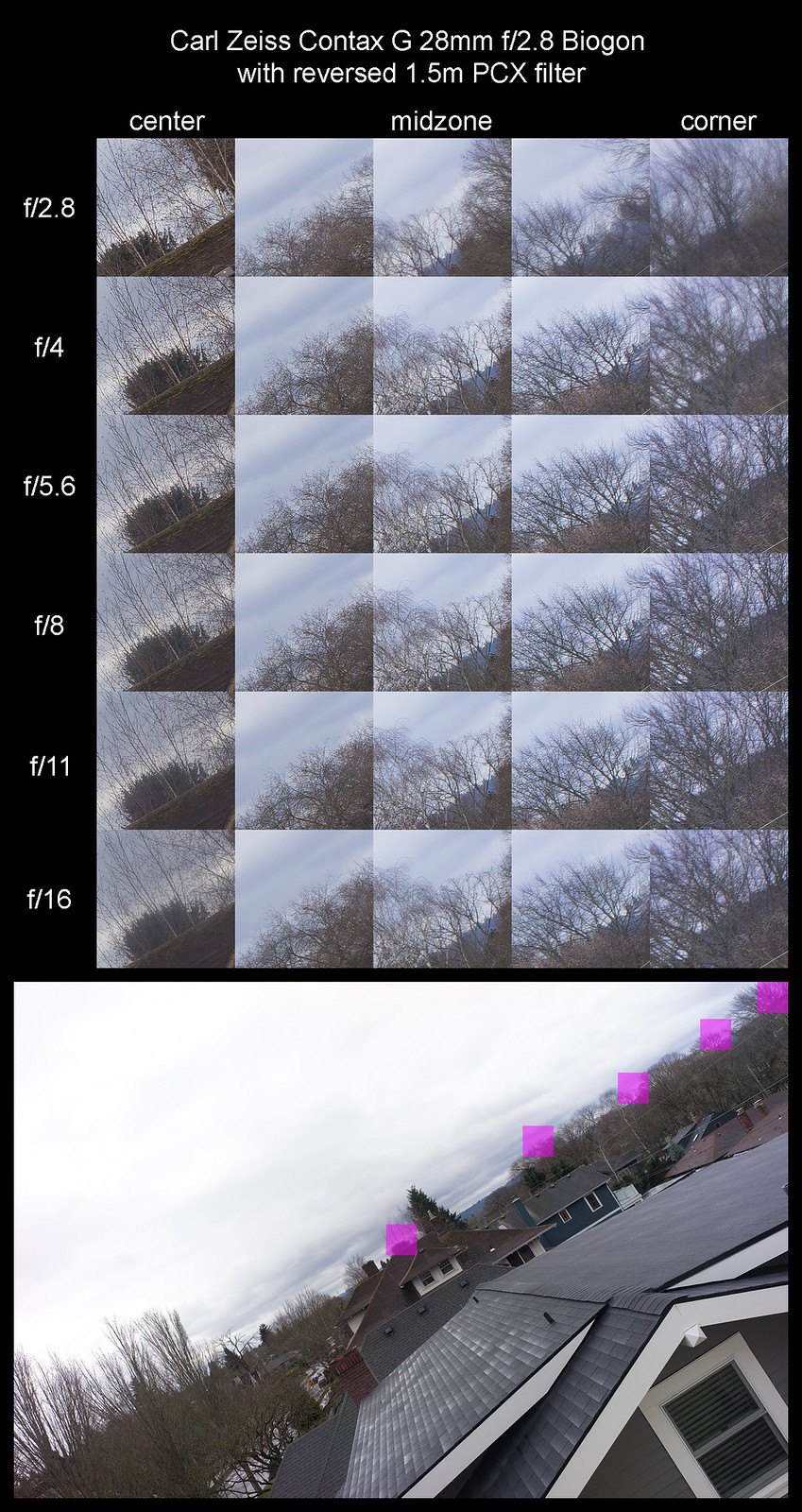
When used on Sony cameras without a correction filter the Contax G 28mm shows extremely strong field curvature and astigmatism. The reversed 1.5m PCX filter does wonders to correct this though. See here for a comparison of the naked lens to different correction lens configurations on an A7. See here for a comparison of the lens on a stock A7RII with a reversed 1.5m PCX filter to the lens on a Kolari UT modded A7 with and without a 5m PCX filter. Finally see here for a direct comparison of the Contax G 28/2.8 to the Sony FE 28/2. Note: the linked comparisons use my (rather aggressive) print sharpening rather than the Adobe defaults used above.
f/2.8: Excellent contrast and sharpness in the center, the midframe region is good, but the edges and corners are considerably weaker.
f/4: The edges are excellent as well now, corners remain a little weaker.
f/5.6: The corners are very good as well now.
f/8: Excellent across the frame.
f/11: A little less sharp due to diffraction.
For landscape photography if you have a lot of detail into the corners you should stop down at least to f/5.6. For other applications with a three dimensional subject at any aperture you can put your focus anywhere in the frame without worrying about sharpness.
Color
I have always really liked the colors I get with Zeiss Contax lenses (as well as Minolta and Leica lenses) and have generally been unable to replicate them in post using lenses from other brands. Here is how the colors of the Contax G 28/2.8 Biogon (left) compare to those of the FE 28/2.8 (right) at f/5.6 (shot on the Kolari UT A7):
It seems clear from this comparison that the differences in color between the Zeiss and Sony lens are actually quite small, which goes against my impressions from real world shooting with both lenses. Looking closer at the images does show that there is a little more fine differences in brightness within each color square with the Zeiss lens. Perhaps it is actually better high frequency contrast with the Zeiss lens that is contributing to my impression of better color by making subtle tonal gradations more visible (or maybe it’s just the placebo effect).
The differences is more noticeable at f/2.8 (all these shots were taken at the mfd of the FE 28 where neither lens should really be at it’s best):
Alternatives
Sony FE 28/2: The Sony is a stop faster at f/2 with fast autofocus, smoother bokeh, and less ghosting in extreme conditions. Downsides are worse build quality, lower contrast, and strong distortion which needs to be corrected as well as the higher price.
Voigtlander 28/2 VM: A modern manual lens which is more expensive, bigger, and heavier, but faster with very good sharpness from wide open, good flare resistance and nicer sunstars. It has some issues with the Sony a7’s thick sensor stack that can’t be easily corrected with filters, so it is not as good for landscape.
Pentax K 28/3.5: I have not shot this lens, but it is Phillip’s favorite legacy 28mm for landscapes. It appears to have better flare resistance and substantially less vignetting. It is much larger though and probably slightly lower in contrast.
Zeiss Distagon 28/2.8: The Contax/Yashica Zeiss is SLR contemporary of the Contax G. It is much bigger and has similar contrast and flare resistance. The Contax G Biogon (+ PCX filter) has slightly better corners and lower distortion, while the Contax/Yashica Distagon has slightly better midzone performance at large aperture and much better vignetting performance.
Nikkor 28/2.8 AIS: Unlike the rest of the legacy lenses listed above, the Nikkor has a floating element for better closeup performance. It’s bigger and not as sharp in the corners near infinity (though not far behind), but has better bokeh and very good closeup performance.
Minolta MD 28/2: This is the only other 28mm I have kept. It lacks the small size, contrast, flare resistance, and corner sharpness of the Contax G. It does have a lower contrast look wide open that I enjoy for people and bokeh though and is a solid performer for landscape.
Conclusion
pros
|
average
|
cons
|
The Zeiss Contax G 28/2.8 Biogon is one of the smallest FF 28mm lenses that can be mounted on e-mount cameras. It also has very good performance across the frame from wide open (with the PCX filter). No matter the aperture or location in the frame the lens has incredible bite at the focus point. It outperforms the native FE 28mm and all of the legacy SLR 28mm lenses I’ve tested in terms of sharpness and contrast at large apertures. Unfortunately, The ergonomics are substantially behind even that of your average legacy manual focus lens. In addition, vignetting and and flare resistance are well below the level of modern native lenses.
If you are looking for a landscape or street shooting 28mm and don’t mind pre-focusing or slow manual focusing the Biogon is a tough lens to beat, particularly for the price. For those who demand fast focusing, good sunstars, or imperviousness to flare the Biogon’s performance represents a serious compromise.
All in all the Contax G 28/2.8 Biogon is an excellent performer from wide open with a good price to performance ratio and fantastically compact size. Adapter focusing is a serious compromise though that will turn off many users, while using PCX filters adds additional complexity and cost.
The Carl Zeiss Contax G 28mm f/2.8 usually sells for around $250 used at ebay, around 250€ at ebay.de, or occasionally on Amazon (affiliate links). The rarer black version sells for quite a bit more.
If this review was helpful to you, please consider using one of my affiliate links. I will earn a small commission on your purchase and it won’t cost you anything. Thanks!
More Sample Images
Additional samples are available here: Contax G 28/2.8 set on flickr.
All images are processed in Lightroom from Raw.

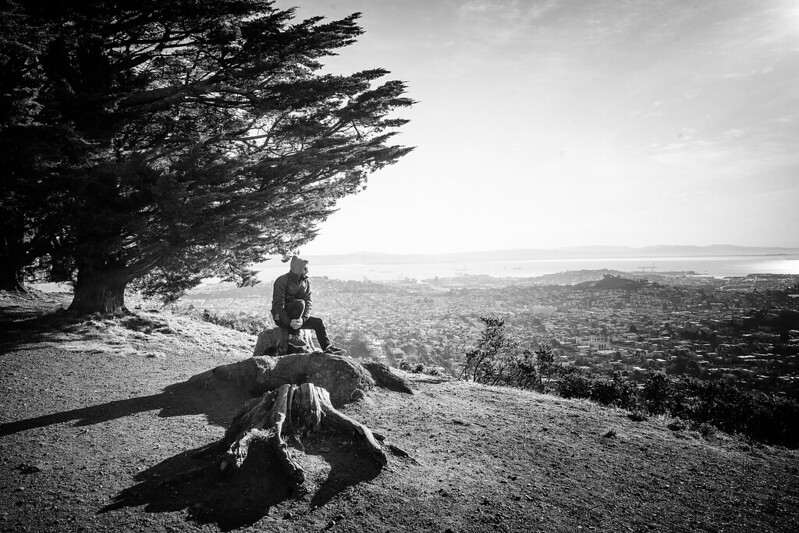
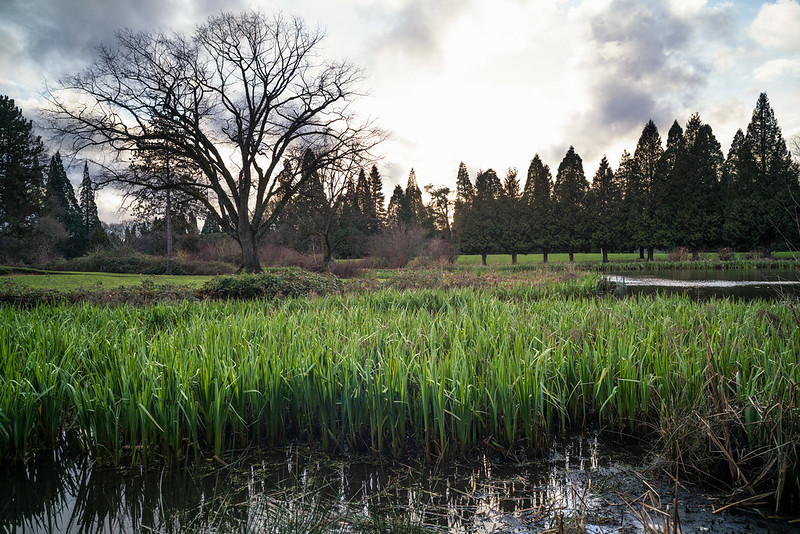
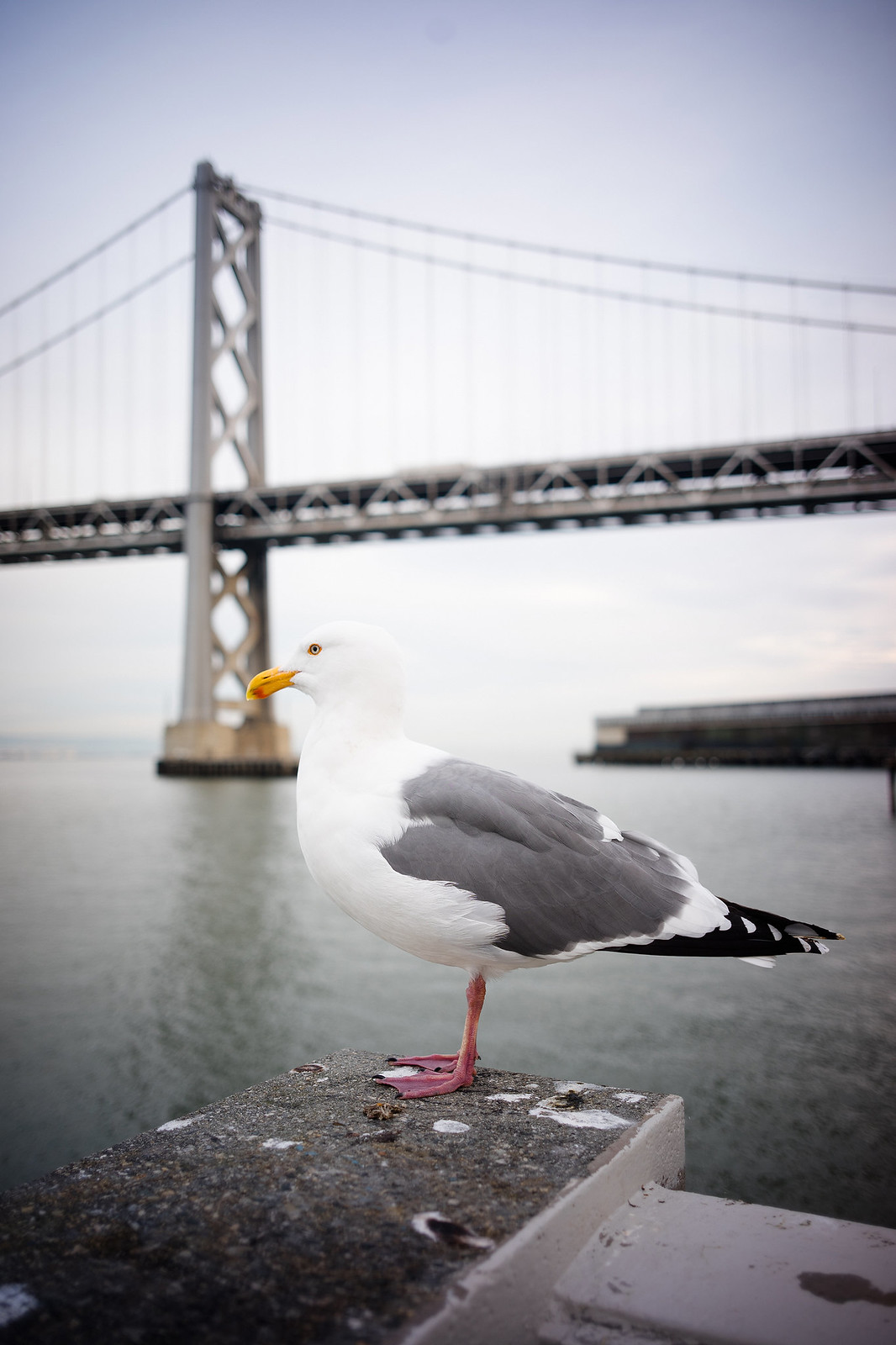

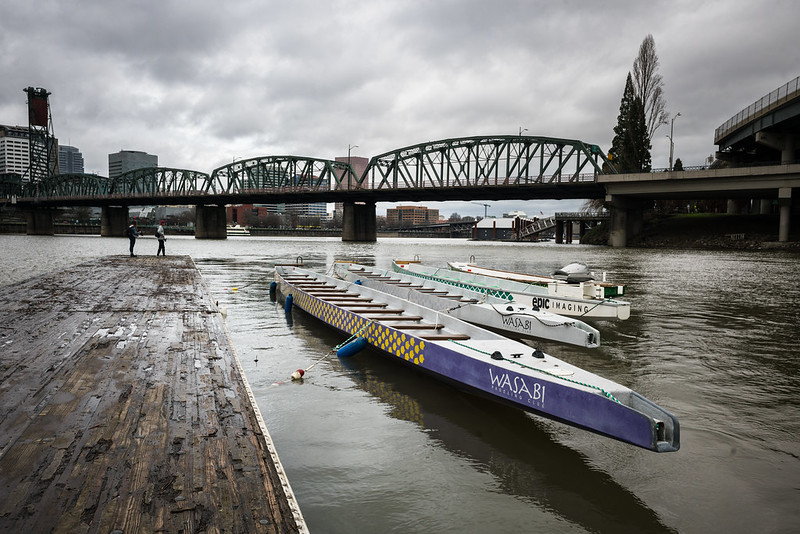
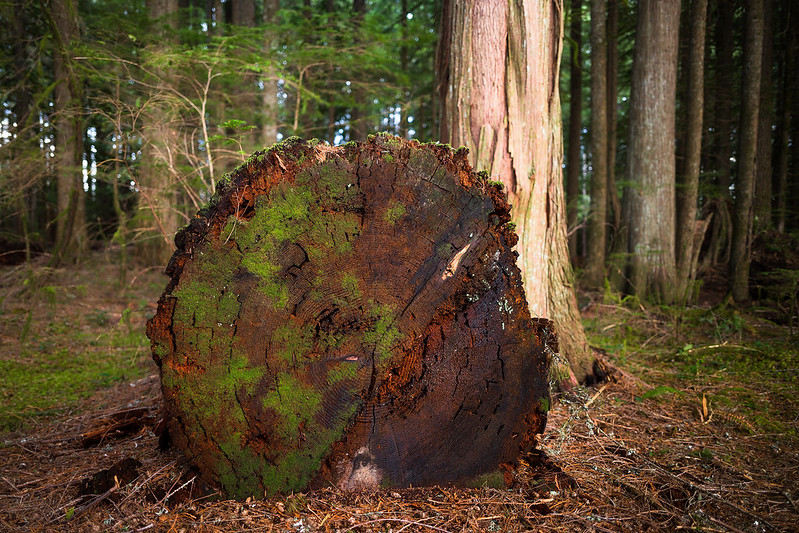
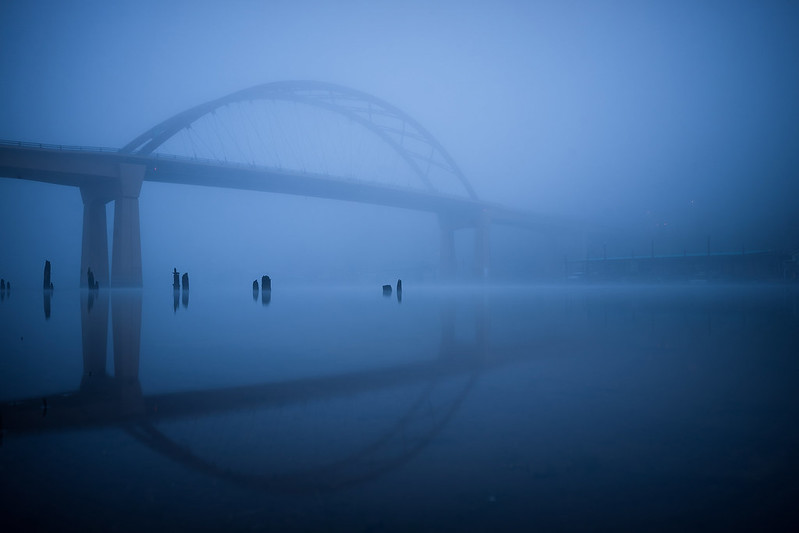
This site contains affiliate links. If you make a purchase using any of the links marked as affiliate links, I may receive a small commission at no additional cost to you. This helps support the creation of future content.
sebboh
Latest posts by sebboh (see all)
- REVIEW: Carl ZEISS 28mm f/2.8 Biogon T* + 1.5m pcx filter - February 18, 2018
- Review: Kolari Ultra Thin Sensor Stack Modification - November 14, 2017
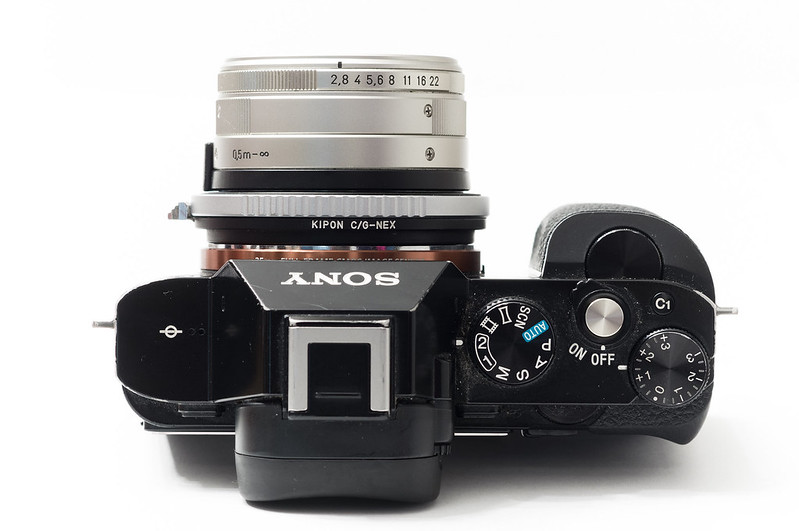
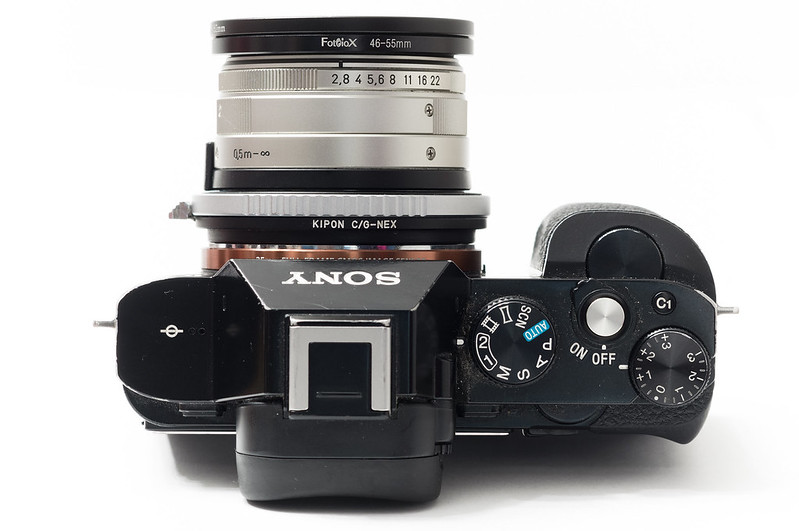
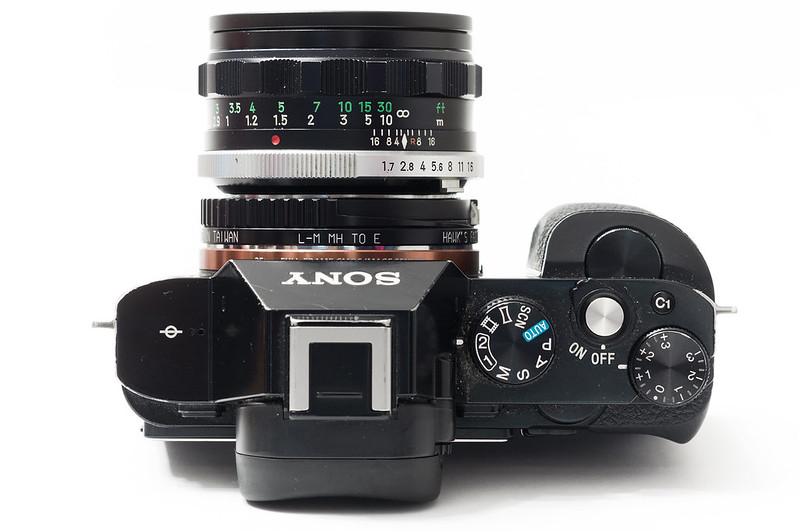
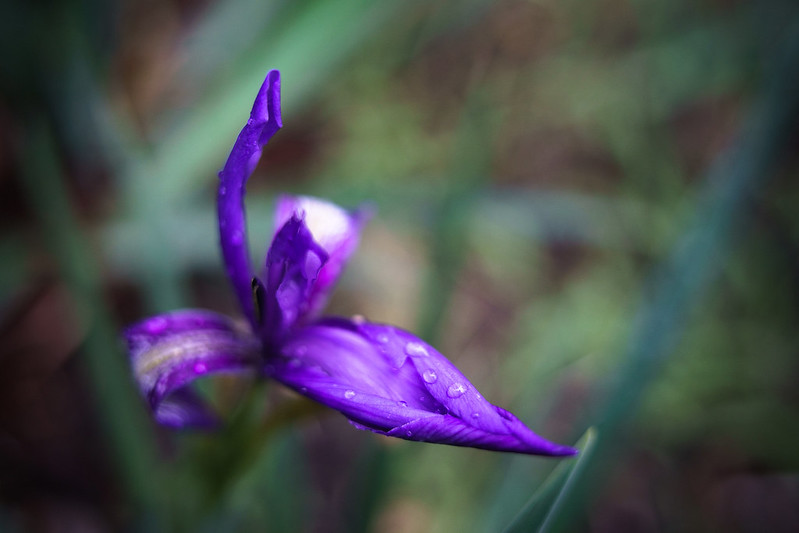
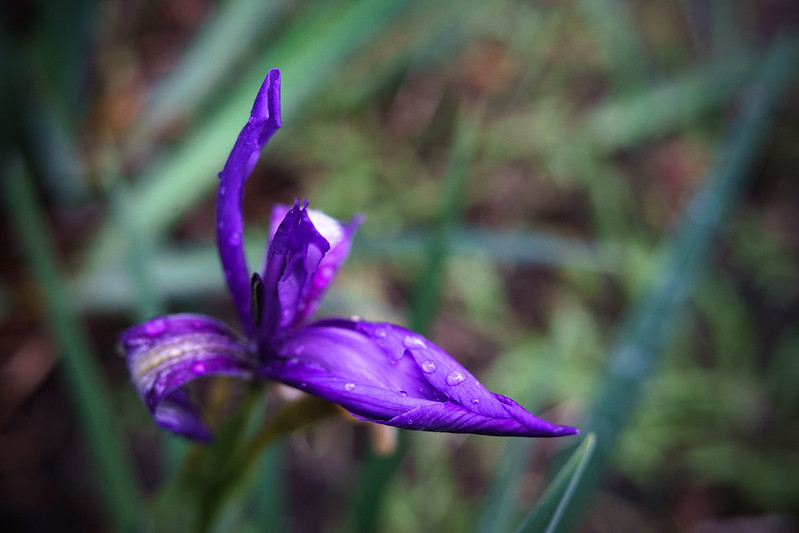
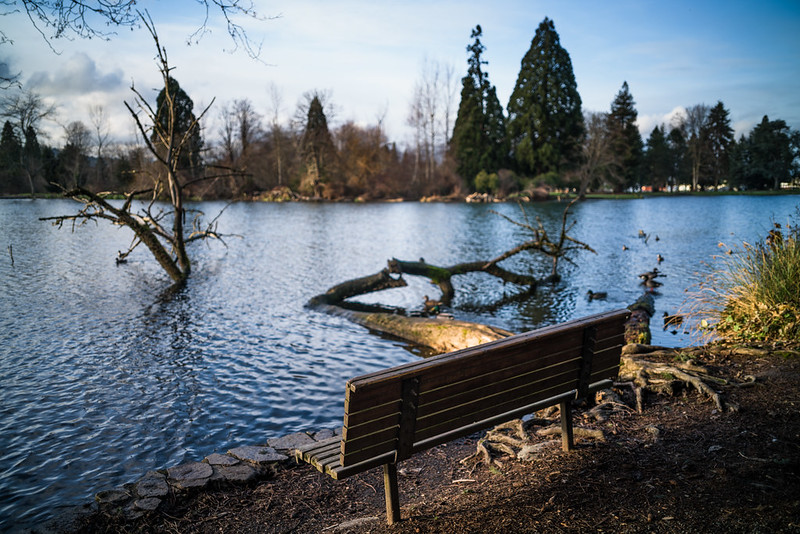
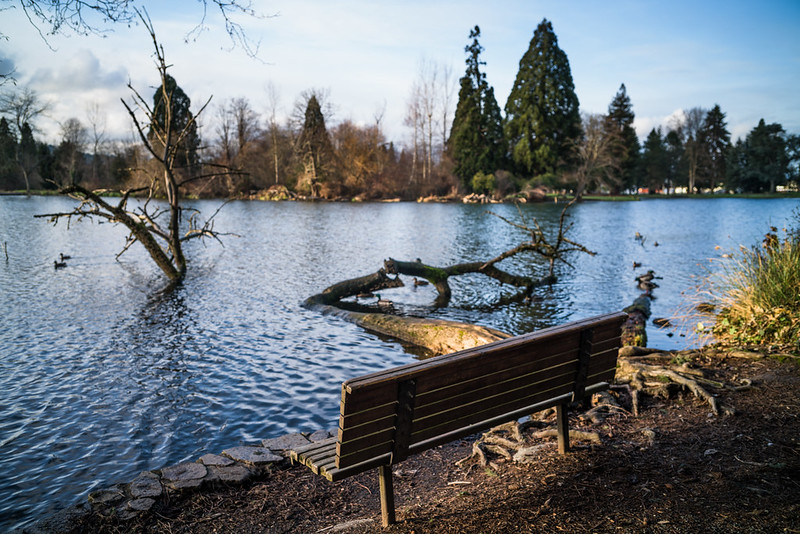
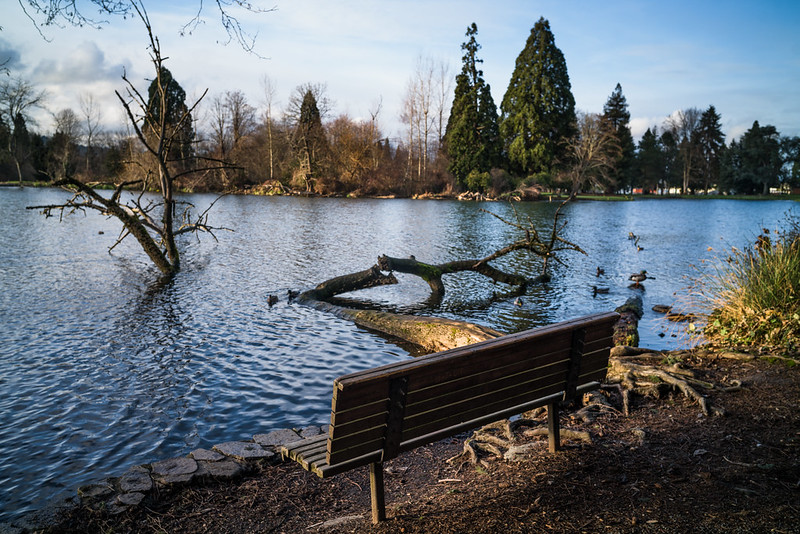
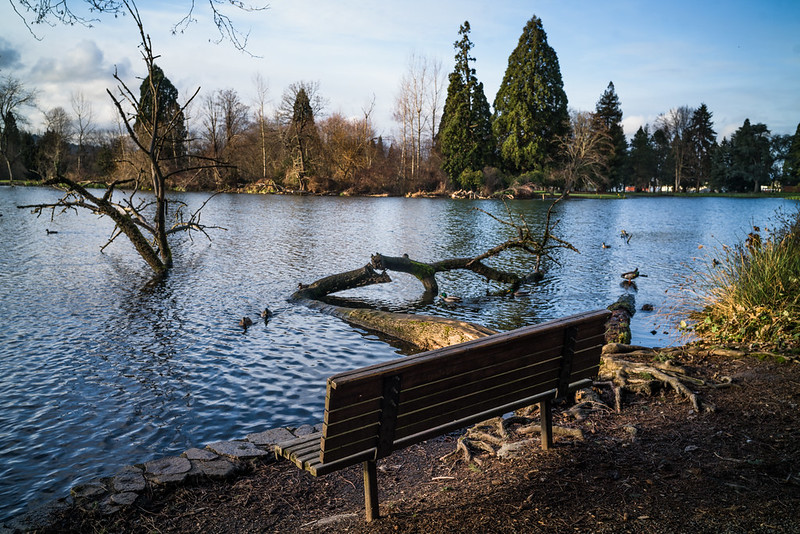
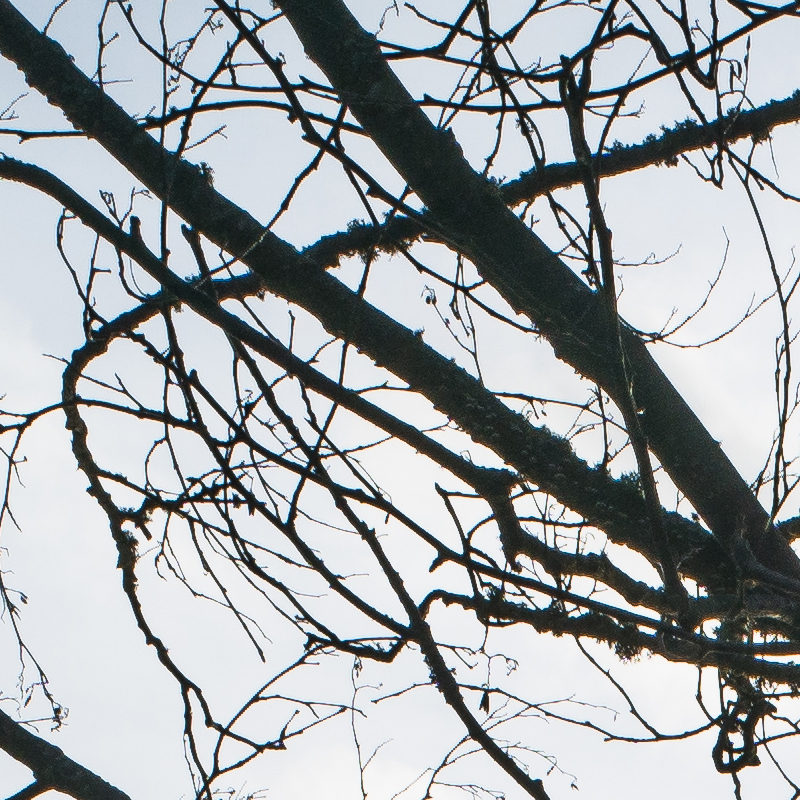
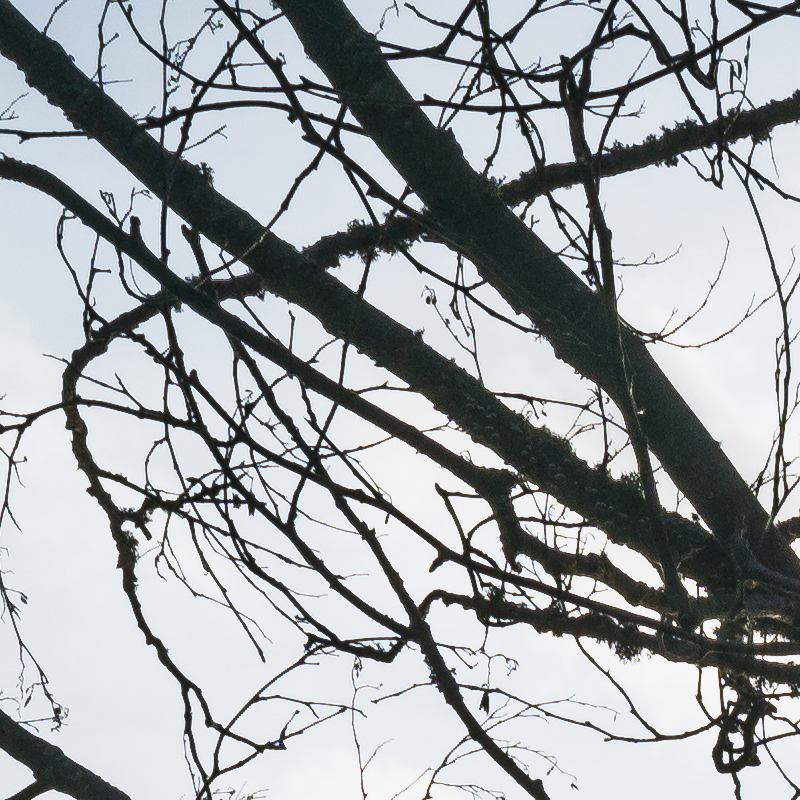
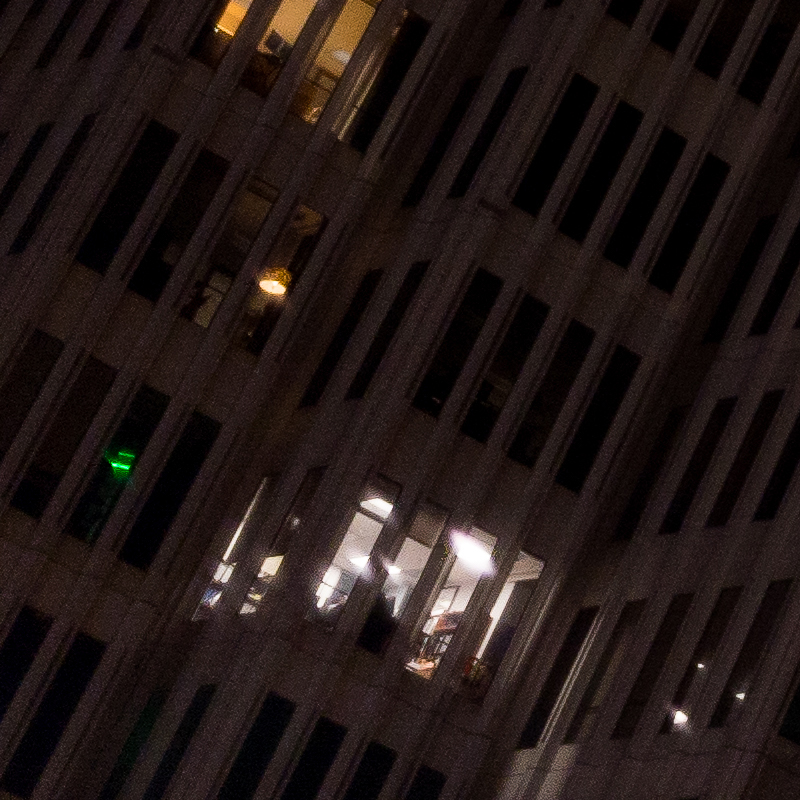
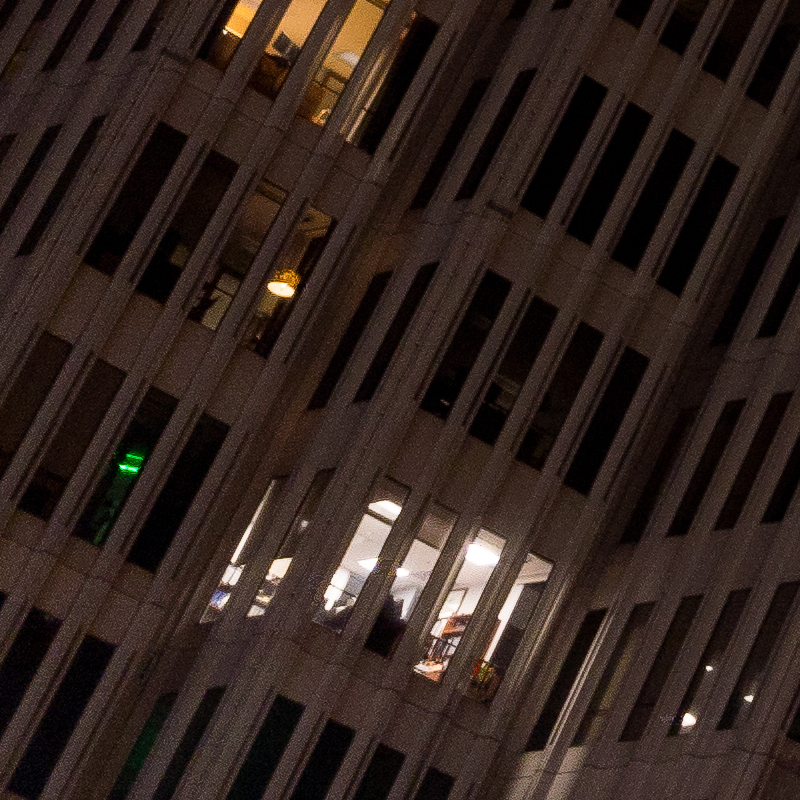
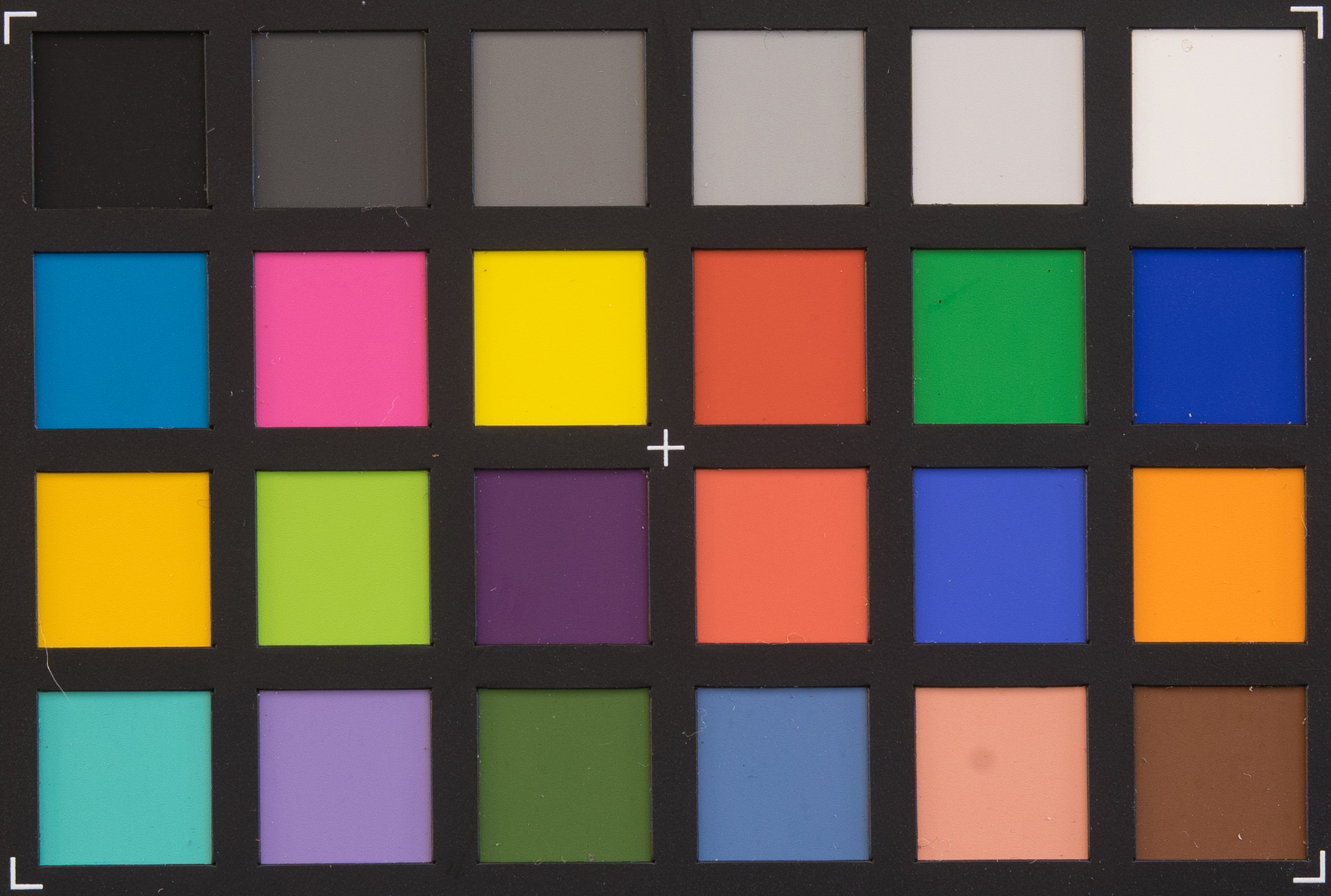
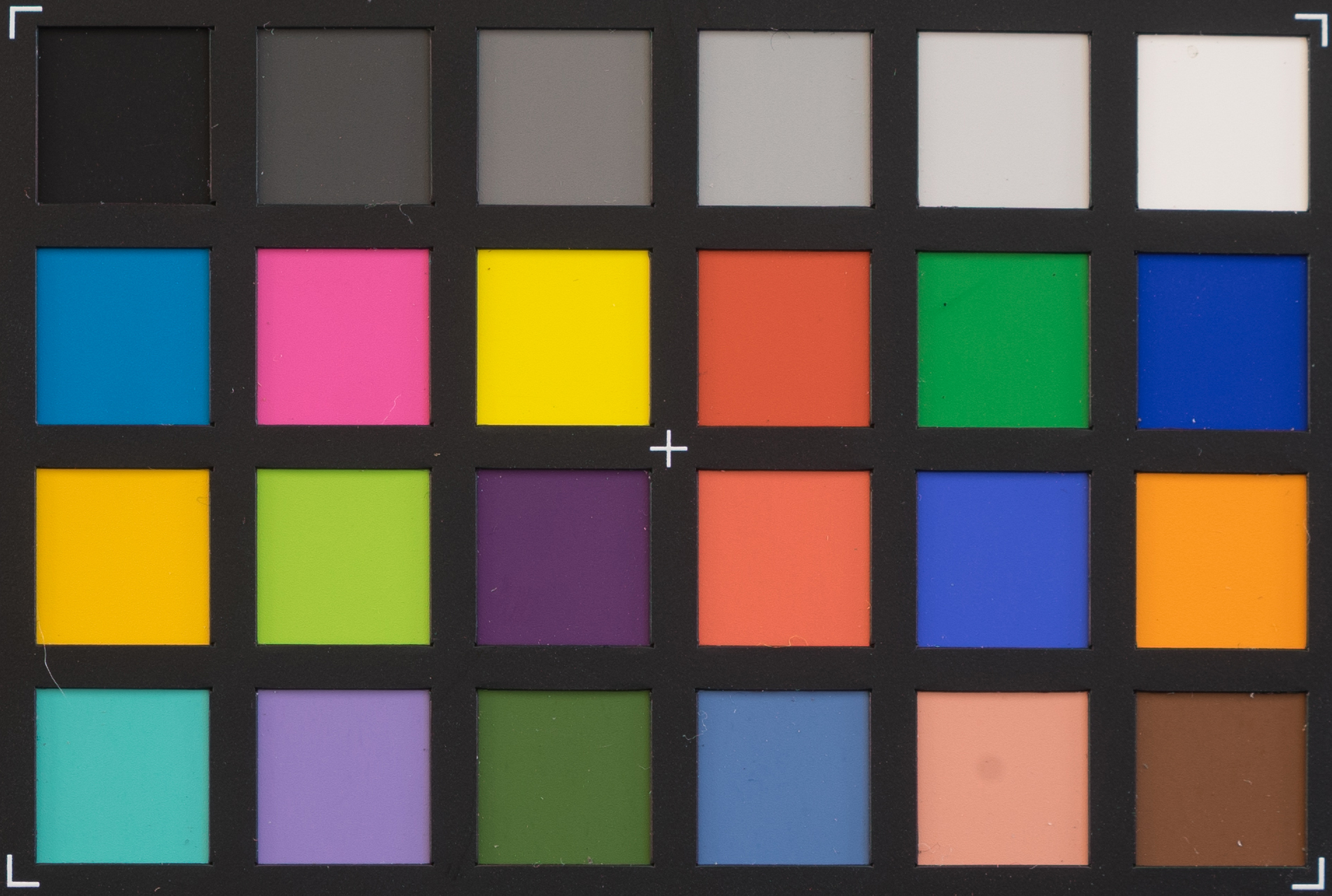
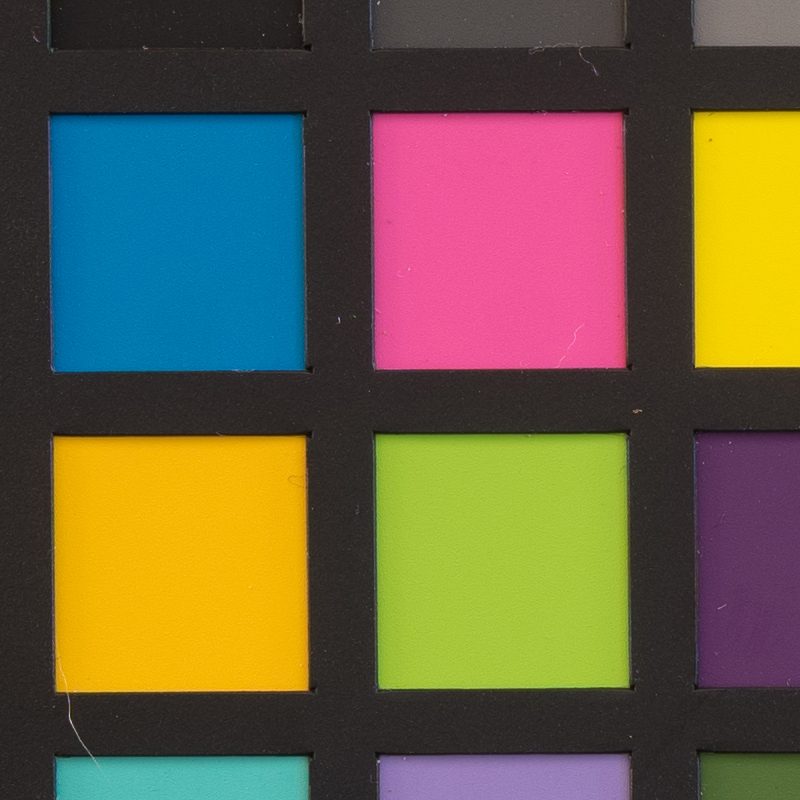
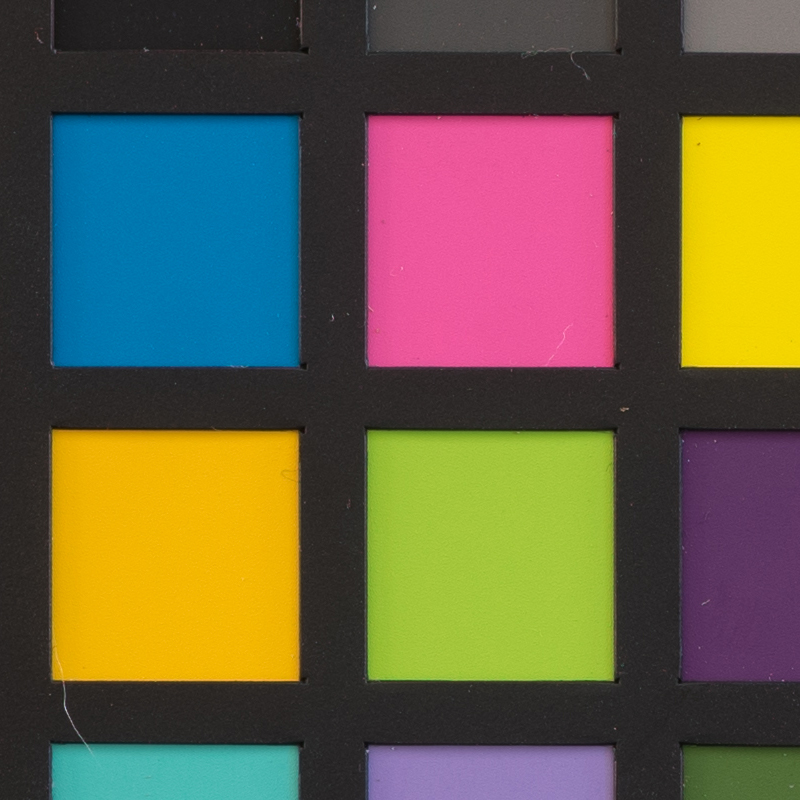
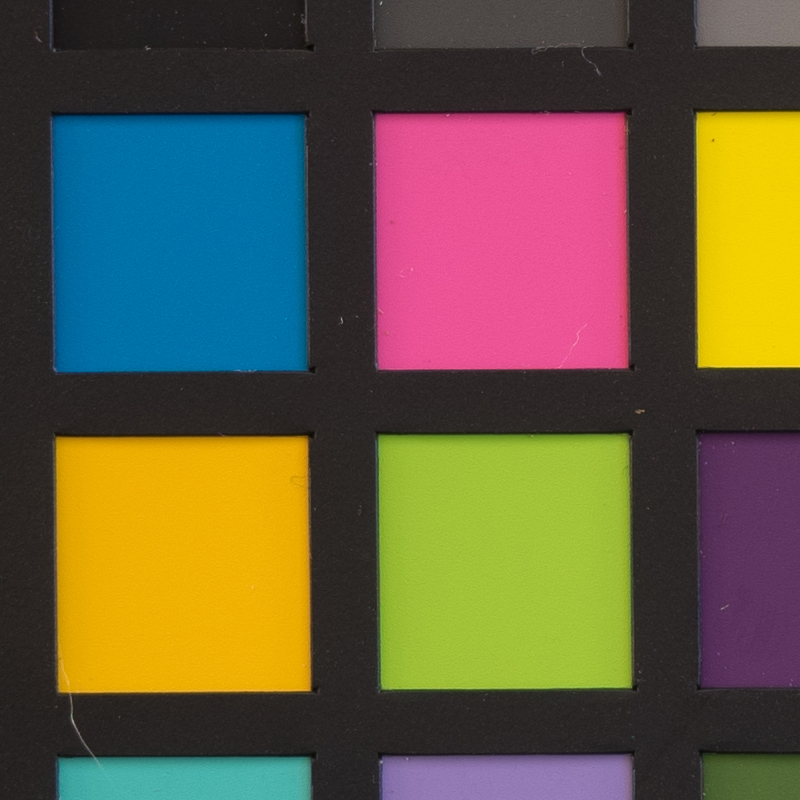
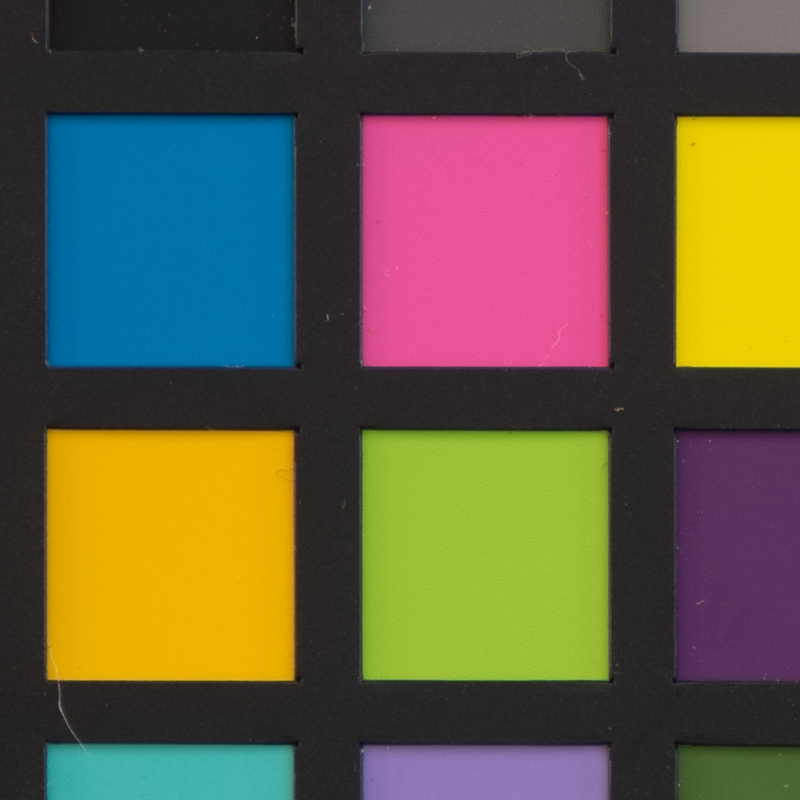
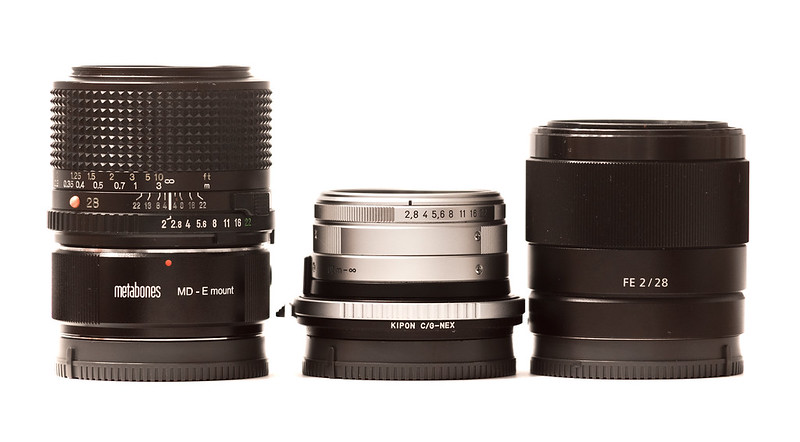
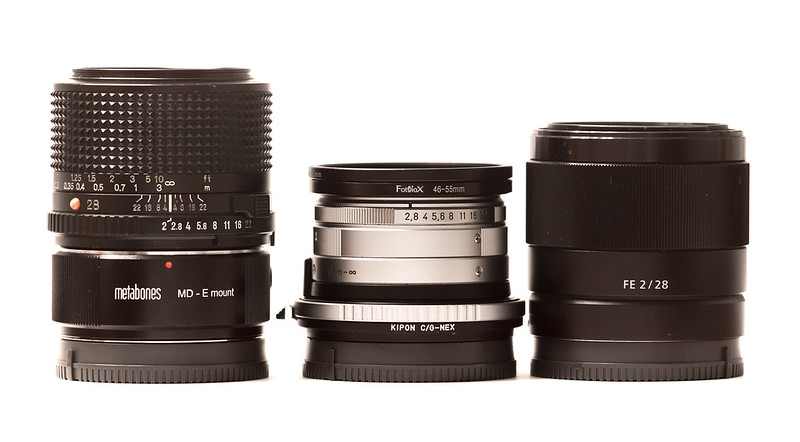
Looks like a great lens sizewise. Maybe on A7rII it will be much better.
All my tests are on the a7rII (except coma and color), and with the PCX filter it is very good on the a7rii – noticeably better than the FE 28 in terms of sharpness and contrast.
I’m looking for the almost perfect lens for me,
It has to serve me for art (slow shooting on stand) and documentary (fast shooting, low light situations.)
I don’t mind manual or auto, i like using auto but my main lens now is manual beacouse of its quality (I’m moving on from Nikon d800 to Sony a7r3, using mainly nikkor 28mm f2.8 ais manual. In love with this lens)
I yurn for the 3D quality of the medium and large format, it has a certain depth, and the black and white are silvery and beautiful. Is there a fast lens that can bring me close to this quality?
Could you recommend me?
I read all your reviews for the 28mm lenses:Pentax(31mm), Zeiss, 7artisans … hard to decide…
Thank you for this fantastic blog !
We have not seen that many great 28mm lenses lately.
If yo don’t mind the size have a look at the Sigma 28mm 1.4 Art.
Apart from that there is pretty much only the 7Artisans 28mm 1.4.
Regarding the sigma 28/1.4, I find it strange they don’t try to adapt the design to the E mount, as they did passing from the 85/1.4 DG HSM to the 85mm/1.4 DG DN A…
Looks like the 28mm il not a priority. What do you think about that?…
I think it will not take long until we see decent new 28mm lenses.
First thing I thought with the color checker was difference could be a matter of brightness- which you then mentioned. Then went back and I think I see a slight color difference? Same conclusion:) Maybe it’s me. That placebo force must be strong with this one…
There is definitely a color difference, it’s just not very big as viewed on the color checker. I think flat color patches are probably not the best way to view differences in color response, though the color checker passport is good for normalizing color casts between lenses. I suspect differences would show up better with subjects that have lots of tonal gradations. I will have to think of an additional subject for controlled tests.
Thanks for such good review. Would a7ii do ok with g28 plus the PCX filter? I came from NEX5n. G28 was excellent then!
The A7II should do as well as the A7 classic with the PCX filter – very good sharpness/contrast, but with more vignetting and color shift than the A7RII. I agree about the G28 on the NEX-5N, I wish the G45 on the A7 series was as nice as the G28 on the 5N.
I’m in the same boat! Loved the G 28 on my NEX-5R, but don’t touch it with my A7. Don’t shoot a lot of lenses for which the thin filter mod would make sense. Haven’t tried the PCX filter, but would like to one of these days.
Great review! Looking forward to the APSc instalment. I need something around 28mm and if the smaller sensor cuts off most of the problematic corners I’m wondering if there are non-obvious (size, price) adavantages of this lens lens over the cv28/2.
It’ll probably be a little bit till I have the aps-c supplement out. I’ll probably write one or two other things first. The G28 is definitely a better lens for landscape on aps-c imo than the cv 28/2. The extra stop and smoother bokeh of the cv are worth considering though.
Thanks!
Thank you for your comprehensive report on CZ Biogon 2,8/28. I like to use this lens of my old Contax G1 gear on a recently acquired used Sony A7R.
Instead of the recommended PCX filter 1.5m (= 0.67 dpt) I mount the Nikon close up 0 lens (= 0.7 dpt) in the reverse position. It significantly improves the sharpness in the corner. A direct comparison with PCX 1.5 m is not possible for me. But I suspect a comparable image improvement.
Corner cast is known to be a big problem with rangefinder wide angle lenses on the A7R. I use RawTherapee and flat-field correction .
Dear Guenther,
I am also considering the Nikon Nr. 0 closeup lens to correct a G28. How did you reverse the lens and attach it to the 46mm G28?
regards,
Dear Markus,
in the meantime, I was able to test the combination Nikon close up 0 in reversed position on the Biogon 2.8 / 28mm G. The results do not satisfy me 100 percent. While the sharpness in the center decreases very little and the sharpness in the middle range at aperture 2.8 to 5.6 improves significantly, there is no improvement in the corner and edge area compared to the lens without correction lens. If I compare my shots with the test shots on https://c1.staticflickr.com/5/4632/26468897938_66cdfba901_o.jpg the Nikon lens can not keep up in the edge area.
The reversal position I have achieved with a reversal ring of 52 mm to 49 mm and a step-up ring 46/49 mm. I found this reversal ring in my collection by chance. It is not that easy to get.
For my Biogon G 2.8 / 21mm lens, I inserted the 52mm Nikon c.u.0 lens into a 55mm filter socket and balanced the difference in diameter with a layer of black electrical tape.
If you are satisfied with the imaging result and want to remove the meniscus lens from the filter socket and want to grasp it directly:
Put the conversion lens upside down on a table. The glass is set in a bent metal ring. With a fine screwdriver you can cautiously begin to bend this clamp at one point and continue this in a circle. Make sure that the screwdriver does not slip or scratch the glass. The tipped lens has a diameter of 49 mm. You can put them back in the same Nikion filter ring, rebent it and screw them into the filter thread via a step-up ring 46-52 mm.
Currently I am testing a two-part correction lens on the Biogon G 2,8 / 28mm of commercially available super-coated spectacle lenses. Front +0.25 D with the convexity to the front, behind +0.50 D with the convexity to the lens [front () Biogon]. The image performance is much better than with Nikon c.u. 0 in all three image areas and captured in a 46 mm filter ring no vignetting occurs.
I can not currently offer a direct comparison with the 1.5 m PCX lens, but I think quality of image is similar.
In the meantime, I have noticed that there are at least two versions of the Nikon close up 0 52mm conversion lens. They differ by the radius of curvature of the meniscus. The obviously older version has the larger radius, so it is less curved. If you use the concave surface as a mirror, its mirror image is larger than in the more curved meniscus. The flatter lens is better suited as an attachment for the CZ Biogon 2,8 / 28 G and for the Biogon 2,8 / 21 mm. The sharpness is improved not only in the middle zone, but also in the edge area. At the edge, the PCX 1500 filter is probably a little better. The newer version of the N.c.u. 0 is worse in the edge and corner of the picture.
Günther,
Late into this 3 yr old thread, and I stand to be corrected, but I’d assume the Nikon No. 0 is a catalog standard coated 1500mm PCX BK7 optical glass lens – i.e. 0.67 diopters, but that is then rounded to 0.7 on the packaging. The only difference, I think, is OEM vs consumer single part pricing.
I got a lot out of the colour comparison. Having an actual comparison I was able to see what typically is only talked about. I can see a difference in the lighter colours, FE does look more mat? muted to me, but I also see that the frame around the individual colours is a tad less defined as well (on FE). When I scrutinise on the black and white the FE appears more pleasing to my eyes??? I wonder if due to the mat/ muted appearance??
Now if you could show the same with contrast!!!!!
Well done Sebboh and thank you
I just realized a lot of these pics are in Portland, OR. I realized it when I got to the shot of the bench on the lake at the rhododendron garden 🙂 It’s one of my favorite place here and I go as often as I can. Cheers!
Yup, most of the shots were taken in Portland (or around it), a few in San Francisco. I spend a lot more time in Forest Park, but I go to Crystal Springs pretty regularly.
Thank you for this interesting article. Some of your photos with this lens seem to be of subjects that are closer than the 0.5M minimum focusing distance. Does the frankenlens conversion allow you to focus closer than the original lens housing did?
Thanks again.
Yes, my conversion allows focus down to around 0.08m.
Thanks. I bought the G28 based on some of the photos you’ve taken with it, but it’s been too long since I used a rangefinder and I’m finding the 0.5M MFD to be very limiting. So now I’m considering doing the conversion. If you don’t mind me asking, what did you end up using as spacers to hold the optical assembly in place, and for the gap between the aperture ring and the new mount? How did you do the aperture linkage?
Thank you!
I machined some aluminum rings for the spacers, they look like this:
http://c1.staticflickr.com/5/4477/37966344546_a860f22d4a_o.jpg
http://c1.staticflickr.com/5/4451/37966344686_ffdf9121c5_o.jpg
I just bent some wire into the appropriate shape to make the aperture linkage.
another couple images of the converted lens(es):
http://c2.staticflickr.com/2/1721/28595165568_48303d1b6b_o.jpg
http://c2.staticflickr.com/2/1722/40658816700_918938cc1f_o.jpg
Wow, very cool. I especially like the new aperture ring. Thank you for sharing, you’ve been a big help and an inspiration for a new project. I can’t imagine I will figure out how to do this, but I’m going to try. The G28 is worth it. But I don’t have to tell you, you have two.
Ha, I only have one. The other in the picture is one I’ve converted for somebody else.
I believe somewhere in the archives of that FM thread are files that can be used for a CNC machine to make the spacer rings.
Thanks. I see references in other threads to the STL files but unfortunately it looks like whoever originally posted them deleted them.
No, I posted them. Fred as changed how the website archives things and they’ve disappeared into unreachable archives. I will ask him if there is a way to reinstate those old posts. I can email them to you if you’d like as well.
That’s unfortunate. My email is towerview1982@outl__k.com. Thank you so much for all your help.
May I know where can I purchase the PCX filter? I will like to have them for my Contax G 21mm & 35mm. Not sure if I need one for the 90mm.
Cheers,
RZ
I have bought them from optosigma, unfortunately they typically are made to order which requires emailing/calling them and a 2-8 week wait. Here is the filter I use on the g21 and g28 with a stock sony sensor: https://america.optosigma.com/bk7-24588.html?___SID=U
I did not find a significant improvement using PCX filters on the g35. You can see my comparison with and without the 5m PCX on the g35 here (also included is the performance of the bare g35 on a UT modded A7): https://c1.staticflickr.com/5/4504/37426657712_09dfcb19d3_o.jpg
unfortunately the link above for optosigma is not working . There is Optosigma in France where i live . But i don’t know where to look for , the catalogue is too big ? I have the G28 , wich reference do you have for the filter ? HNY ??
Hello sebboh , found everything , please don’t post my previous request . So i’ll try it out in the next future . Would be nice to get your e-mail address in case of questions .
Cheers
Michael
Opto Sigma’s EU page for the coated PCX.They have faster delivery times now.
https://www.optosigma.com/eu_en/products/optics/lenses/spherical-lenses/plano-convex-spherical-lenses/spherical-lens-bk7-plano-convex-visible-coated-400-700nm-SLB-P-M.html
The g90 does not need a PCX filter, performance is outstanding without one.
Thank you for the links. Just wondering if there are any test done on the Leica M – Summicron 28 ASPH and 35mm ver.2?
Where can I get the PCX filter?
You can find all the information in this article.
This is what I was looking for. I was rather befuddled as this article repeatedly references this PCX filter, but never explains what it is or how it is useful.
Thanks a million Sebboh for such great sample images and info. I’ve since gotten some Optosigma PCX filters for my G21 and G28 which work fantastically. One thing I struggle on is trying to eliminate the colour shift with Lightroom Flat Field Plug-in. I don’t quite understand how a calibration image should be created and applied. Would you be able to give a more step-by-step guide to it? My red-green colour blindness also doesn’t help but I do wish get my it right for people viewing my images.
I started making a separate article about this, but have been distracted. I will try to finish it up this week.
Basically you want to focus the lens to infinity and then shoot through a kleenex or white filter to generate the calibration image. You must then convert the calibration image and the image you want to correct to dng. Finally, select the image to convert and go to the menu Library>Plug-in Extras>Apply External Correction. Then select the location of the calibration photo. A dialogue will ask whether you want to correct only color or vignetting as well. Once you select that LR should create the corrected file.
Hello
Thank you very much for this very useful information and links about using the G wide angle lenses on the A7.
At the moment I do use a Pentax T95 (58mm) close up lens on the G-Biogons 28 and 21. It improves the corner to corner reproduction not that much as a PCX 1500, probably. I plan to order the suitable PCX-lenses soon.
I wonder If there would be a recommendation for using the Hologon 16mm with a PCX filter.
Best Regards
Eric
I’m afraid I don’t know about the 16mm Hologon. I imagine there is enough info on Zeiss’s product sheet to make the calculation, but that is outside of my expertise. I don’t have the lens to test either.
Hello
Firstly, thank you for the amazing work that you have done.
I am contemplating getting an A7x for use with adapted lenses – mainly the C/Y planars 50 and 85 but I also have the G Biogons 21 and 28 as well as the 45 and 90 planars – and some M mount – but that’s a separate issue.
I wondered if you could recommend an A7x body which might be the best compromise ( gen 1 or 2 ) e.g. A7, A7ii or A7Rii ?
Ibis might be useful but i manage without it on my G2 and C/Y film bodies.
I am not contemplating the Kolari mod – its just that its pushing the price up a bit too far for me since the Sony will only be for legacy glass.
Many Thanks
Richard
If you are going to use rangefinder wides, I would recommend a camera with a backlit sensor (A7III, A7RII, A7RIII, or A9) to avoid the extra step of correcting color castes and reduce vignetting. Of those I would probably choose the A7III for price and ease of manual focus (it’s noticeably easier to focus than the A7RII), but you may have different trade offs.
How come manual focus on the A73 is easier than on the A7R2? That’s news to me.
PS: Thanks for the review!
Beats me, that’s just my impression from using both of them. Maybe it’s different video algorithms used in the evf, maybe it’s different downsizing algorithms to get the sensor output down to the evf resolution, maybe it’s just differences inherent to 24mp rather than 42. I shot both for a while and optimized the setting on each as best I could. I just found it much easier to see in the evf when things were in focus with the a7III than the a7rII. N.B. I’m talking about shooting without magnification or peaking.
This is the most thorough, well laid out lens review I’ve ever seen on the internet. I stumbled apon this review from a Google search because I’m interested in the Biogon 28mm adapted to my Fujifilm X-T2.
Thank you for your knowledge and the time required to put together something like this!
Thanks!
I really loved the Contax G 28 on aps-c, and have been meaning to put up supplemental review of the lens for aps-c. Not sure if the sensor stack issues on Fuji are comparable to those on Sony though.
Still waiting for that article on the A6000 + 28mm 🙂
Ha, I’ve been a bit distracted. I have everything, just need to put it together. Definitely by the end of the year. 😉
Sebboh, is there an email I can’t contact you to convert a Contax G 45mm f/2 lens?
Sebboh – I often reference this article – thank you – dare I ask about the article re G28 on Sony A6xxx ? – I do use my G28 on my 6500 and think it is excellent (also have RX1RII) so have been intrigued at the article title for some time now? And at this time – stay safe.
Thanks
John J (avalon27 on FM) UK
Sorry about that. I have been quite busy and kinda suspected that interest for such an article would be quite lacking in the present camera market.
Nah, still waiting for it, would love to put my old NEX-6 to good use 🙂
Hi,
I just bought this lens and was hoping to use it on my Cannon 5D Mk II but I’ve been reading it may not work on that camera? Is that correct ?I’m trying to find the adapter + focus ring to do so. Can anyone please help? Thanks so much.
That is correct. The lens is designed for rangefinder cameras that have a much shorter register (sensor to lens flange distance). It can be used on mirrorless cameras, but not slrs. The rear of the lens needs to sit almost against the sensor to reach infinity focus.
I use the kens by New Kipon adapter on a Sony A7S, without PCC filter, with good results on the field. Did you test the old Nikon 28/2? It is pretty good too.
Hello!
Thanks for the article. I own this lens, used it with my Contax G2 camera, which unfortunately got damaged.
I am trying to find a new camera body to replace my G2.
It seems really hard to find that camera on the market these days! What would be your recommendation for an alternative camera body with as far as what the 35 mm film camera market is looking right now?
Or would you recommend switching all together and selling this lens instead to invest in a new set up? I will be shooting travel pics mostly on a year long trip with my family.
Thank You!
Dorka